

Data Review
After consulting the data related to the amount of chemical fertilizer and analyzing the environmental problems caused ...

Before the field survey
We spent a week making a comprehensive preparation for the field investigation. During this time, we got the advice of ...

Field Study
After full preparation, we went to Nanhu Village, Huangpi District, Wuhan City, Hubei Province to carry out field research...


Investigation of company
We went to Wuhan Zhonghuan Foundation Eco-Environmental Engineering Co., Ltd. to investigate the current soil ...

Data Search
Through literature research, we looked for a way to improve soil quality and help reduce fertilizer use, and in our research...

Expert Discussion
We invited three professors from Shenzhen University and Shenzhen Vocational and Technical College to discuss the feasibility ...

Expert Discussion
We decided to take the botanical effects of hydrogen-rich water a step further and contacted two professors from...


Information Enquiry
In order to master the preparation method of hydrogen-rich water, we conducted a literature search and analyzed the...

Propose the scheme
We found that methanol is an excellent material for the production of hydrogen-rich water, with many advantages over...

Expert Discussion 1
The exchange with the expert Professor Ma Lixin provided the key technical route that enabled us to design the method...

Expert Discussion 2
After the preliminary determination of the technical route, in view of the low hydrogen efficiency of biological enzyme ...


Visit South Lake Village
We collected soil data in Nanhu Village, followed by chemical analysis under the guidance of Professor Yang Lanfang. Then, we...

Communication with fertilizer Station
We contacted local fertilizer stations and spoke with relevant stakeholders. They analysed the reasons for the overapplication ...

Government Feedback
We reported to the government the feedback of farmers and the soil data we collected, which aroused the government's ...

Expert Discussion
In the process of the experiment, we encountered the situation that the expected results were not met, and we launched an ...


Initial product vision
We have designed the product application scheme of hydrogen-rich water to meet the needs of stakeholders, and the product ...

Boyuan Company Communication
We contacted Wuhan Boyuan Biotechnology Company for information on the production process of biological products and ...

Feedback from Nanhu Village farmers
As soon as we have a more mature product design, we will go to Nanhu Village to share this important development ...

Botany Experiment Design
As the experiment came to an end, we needed to prepare the botanical experiment to verify the botanical effect of ...


Partnering with non-profit organizations
We actively reach out to and collaborate with many public interest organizations in the community dedicated to environmental ...


Safety Verification
We have contacted the Wuhan Legal Service Network and conducted online meetings with legal professionals to explore legal ...

Safety Verification
After receiving feedback on the need for safety verification, we immediately launched safety verification ...



Feedback experiment results
Following the success of the wet experiment, our botanical experiment was also successful. Although we were facing ...



Purpose:
As part of the 2023IGEM team, we understand the importance of understanding the IGEM competition. Therefore, we spent two weeks researching IGEM in depth and brainstorming each student's ideas to determine our choice. During this process, our minds were very active and we covered potential topics in multiple fields such as diet, healthcare and the environment. However, given the research interests of our faculty advisors and the professional backgrounds of our team members, we ultimately decided to focus on the environmental field.
In the environmental field, we explored three related concepts: plastic degradation, soil conservation, and eutrophication of water bodies. We carried out a comprehensive assessment of feasibility and innovation, and finally selected soil conservation as our ultimate goal. The reason behind this decision is that soil is an important source of food, which is the basis of human survival. Therefore, protecting the soil environment is crucial to the sustainable development of the world.
Method:
For the first two weeks, we mainly use a brainstorming approach to discuss each student's ideas and get a comprehensive understanding of the IGEM competition by studying the official IGEM website in detail. Every Sunday night, we hold team meetings, which are designed to get the ideas of the team members to exchange and spark innovation. The discussion process was very relaxed and the team members showed great enthusiasm, so the meeting went very smoothly.
Contribution:
After two weeks of discussion and reflection, we finally settled on the direction of our project —— soil conservation. Through the team meeting, we had a deeper understanding of IGEM, which undoubtedly laid a solid foundation for us to successfully finish the competition. In addition, we also inquired the relevant data of the global fertilizer use, and found that by 2020, the global fertilizer use has reached 200 million tons, and caused soil degradation, greenhouse effect, water eutrophication and other ecological and environmental problems, these data more firm our determination to protect the soil, giving us the mission of soil protection.
Outlook:
To further confirm the urgency of soil conservation, we discussed with our instructors and planned to conduct field research to obtain reliable, first-hand data. Our plan includes soil sampling and testing the pH and organic matter content of the soil to verify the true extent of the problem.
Purpose:
Before conducting the field research, we must make full preparation to ensure that the research can be carried out smoothly. In order to ensure the effective implementation of soil sampling and data analysis, we actively cooperated and communicated with Professor Lanfang Yang. Prof. Lanfang Yang personally guided us on how to conduct soil sampling and data testing, generously offered his laboratory for our use, and also assisted us in analyzing the data of some of the soil samples. These initiatives have greatly enhanced our confidence and ability to analyze soil samples in the future.
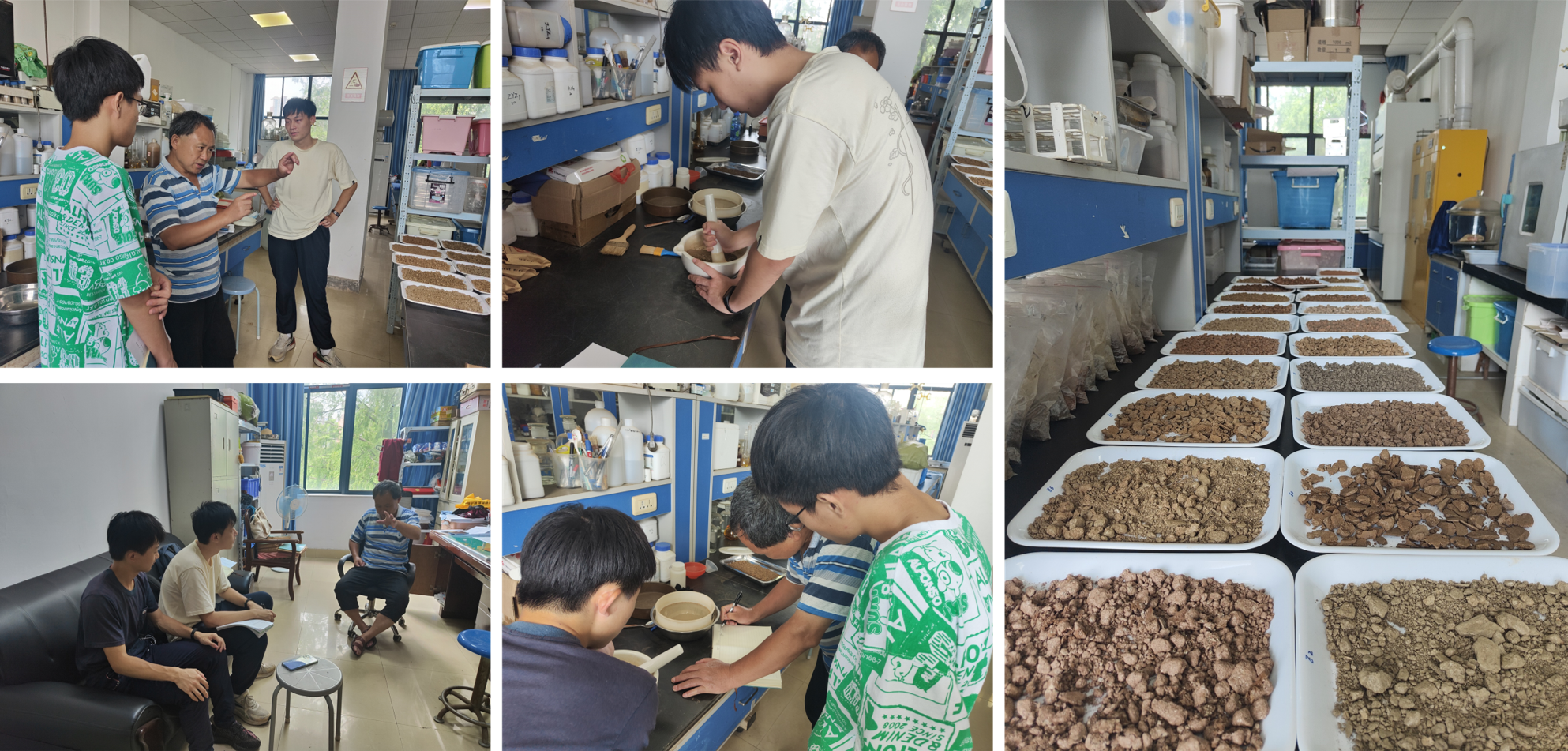
figure1: Communication with Professor Lanfang Yang
In addition, we also had an in-depth communication with Professor Yu Xingxiu. He provided helpful suggestions on the revision of the questionnaire, which laid a solid foundation for us to obtain reliable first-hand data. In addition, he stressed the importance of looking for continuously cultivated land in field research to ensure the reliability of the data. These suggestions and guidance are crucial to our research work and help us better prepare and execute field research missions.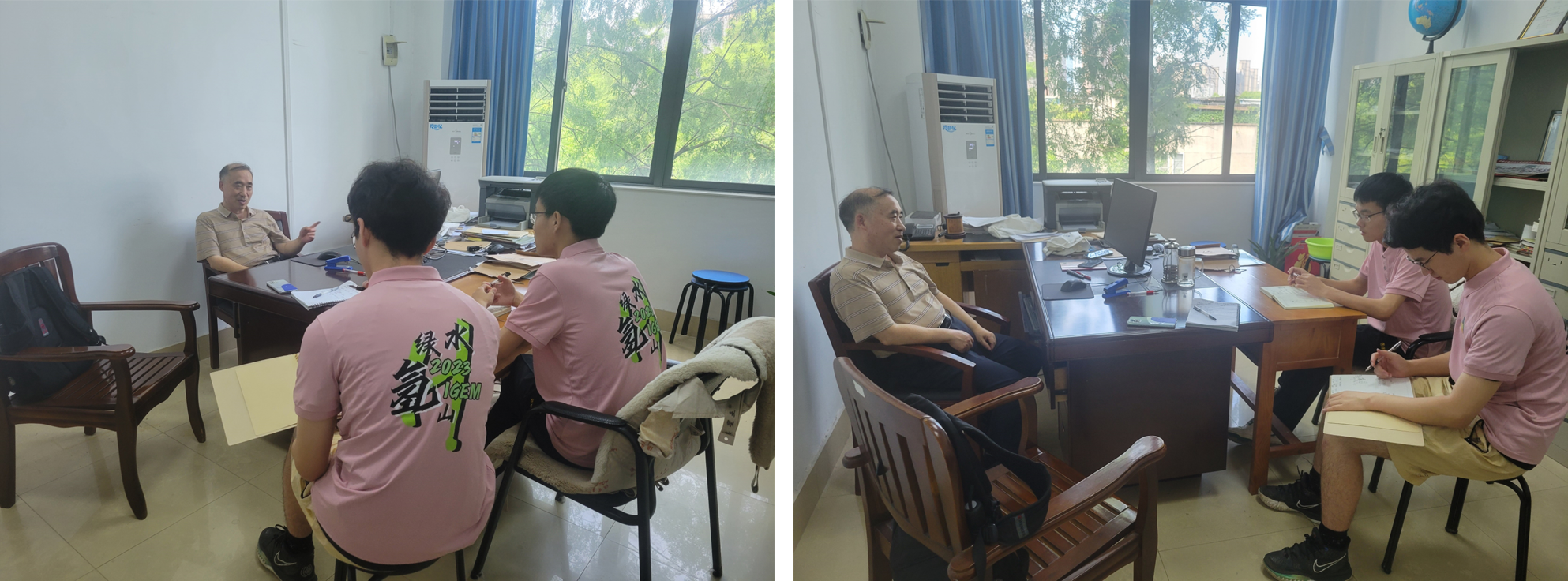
figure2: Communication with Professor Yu Xingxiu
Method:
We conducted an interview with professors Yang Lanfang and Yu Xingxiu, and got scientific guidance on questionnaire question setting, soil sampling method and soil data analysis method. In addition, we also had a detailed discussion with our advisor on the interview results obtained in the team meeting, and he highly recognized our full preparation for the field investigation. These exchanges and discussions provided important guidance and support for our research work.
Contribution:
We are well prepared this week and can't wait for the field research to begin. Every team member is fully energized and eager to get into the field research. In addition, we have finalized the final version of the survey questionnaire, which will focus on the fertilizer use of farmers, including the current amount of fertilizer, whether there is control of fertilizer use, and whether they expect expert guidance on scientific fertilization.
In addition, we have developed a thorough understanding of soil sampling methods to ensure that we can collect soil samples efficiently in our field studies. Finally, in order to ensure the smooth progress of our field research, we contacted Ms. Wei from Nanhu Village Committee in advance, and she showed great interest and support for our research. We have made all preparations and are looking forward to starting the field research work.
Outlook:
We are fully prepared to officially launch our field research trip with the aim of making our first contribution to the cause of soil conservation.
Purpose:
In order to verify the authenticity of these questions, we went to Huangpi District, Wuhan City, Hubei Province for field research. We conducted an in-depth analysis of the local soil condition through soil sampling, and collected 4 representative soil samples of continuous cultivation. These samples were then sent to Professor Lanfang Yang's laboratory for testing, where the pH and organic matter content of the soil were obtained. At the same time, we used a questionnaire to find out the amount of fertilizer applied per soil sample in order to better analyze the relationship between the amount of fertilizer applied and the soil condition.
In addition, we are also actively promoting the importance of scientific fertilization to local farmers. Farmers have shown strong interest in highlighting the key role of scientific fertilization in increasing crop yields, improving soil quality and reducing over-reliance on fertilizer for crops.
Method:
Soil samples were collected through field research and the data were analyzed in detail. In addition, in the course of our research, we actively educate farmers about the importance of scientific fertilization, and farmers are very interested in this information. In addition, we used questionnaire interviews to collect data on the amount of fertilizer farmers use, whether there are restrictions on fertilizer use, and whether they expect scientific fertilization guidance from experts. It can be said that this research activity was carried out smoothly, thanks to the close cooperation among the team members and the strong support of others. As the research came to an end, Ms. Wei from Nanhu Village also thanked us for this research activity and expressed gratitude to us on behalf of the farmers.
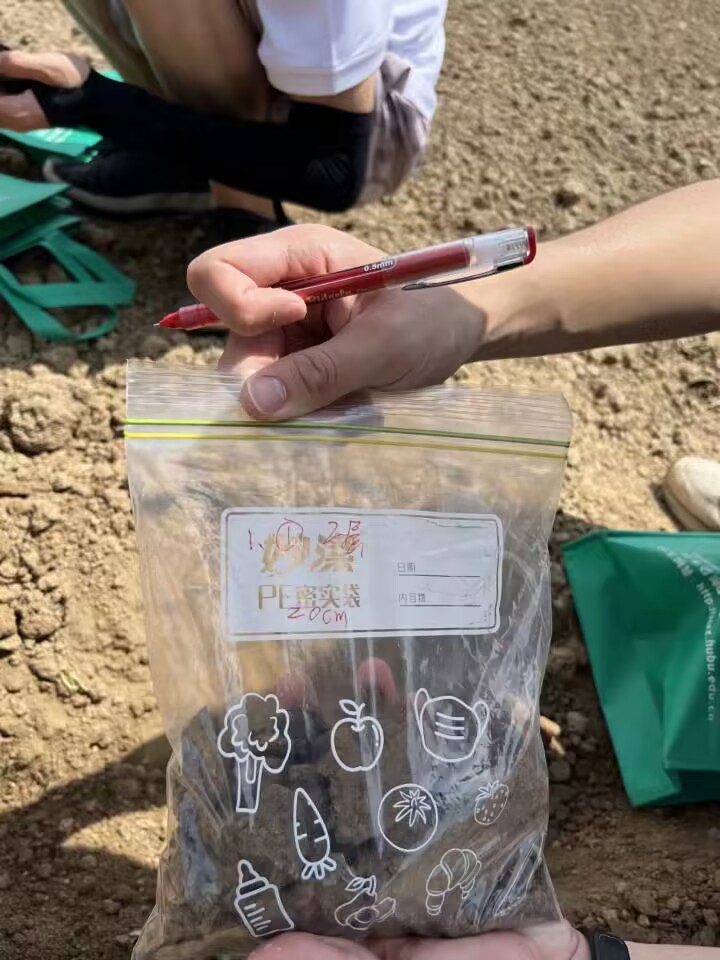
figure1: Collect soil samples
Contribution:
We successfully completed the field research, which greatly helped us to verify the authenticity of the questions. We obtained valuable first-hand soil data, which showed that all four soil samples we collected showed high acidity and lower than normal organic matter content (see test data for details). We also analyzed the amount of fertilizer used in the four samples, and the results showed an average of 94.3 kg per mu. This further confirms the reality of the problem and strengthens our determination to improve the situation.
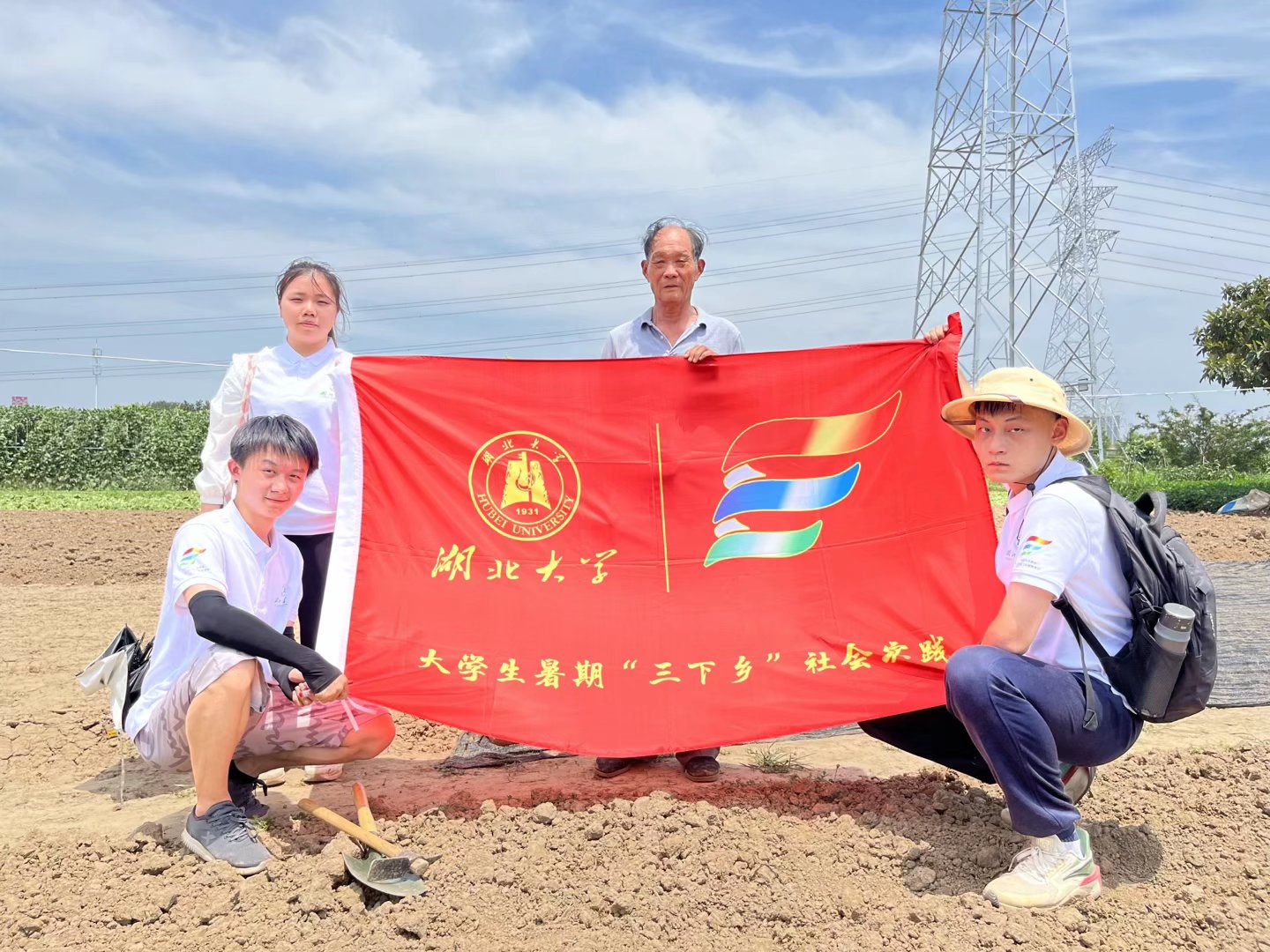
figure2: Group photo of holding a flag
Outlook:
Our plan is to find effective solutions to the problem of soil degradation caused by overuse of fertilizers. Next, we will design a reasonable solution by reviewing literature and discussing with experts.
We went to Wuhan Zhonghuan Foundation Eco-Environmental Engineering Co., Ltd. to investigate the current soil restoration methods. Although the various methods of soil restoration have their advantages, there are still some shortcomings, and the soil problem is difficult to be fundamentally solved, and the soil degradation problem may occur repeatedly.
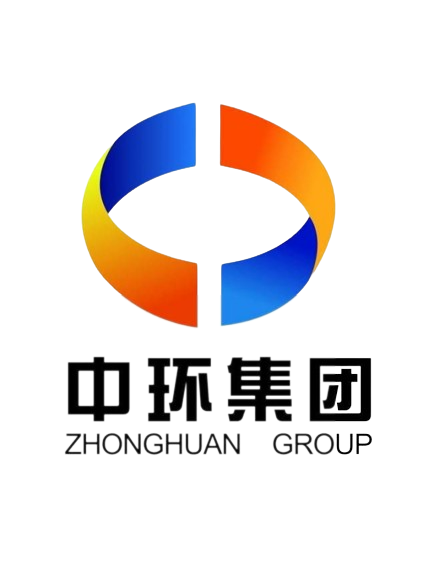
figure1: Logo of Zhonghuan Company
Purpose:
Through field research, we have a deep understanding of the urgency of soil health issues and the urgent need to find solutions. We actively sought solutions to the alarming soil problems, so we contacted Wuhan Zhonghuan Foundation Eco-Environmental Engineering Co., Ltd. in Wuhan to investigate the soil improvement methods currently in use.
Method:
During our visit to Wuhan Zhonghuan Foundation Eco & Environment Engineering Co., LTD., we found that current soil remediation methods and measures to reduce the use of chemical fertilizers are failing to achieve fundamental results. The current approach is mainly to improve the soil condition temporarily, but does not fundamentally solve the problem of soil degradation. As one of the main causes of soil degradation, chemical fertilizer can be fundamentally solved only if we control the amount of chemical fertilizer. Therefore, in order to solve the soil problem fundamentally, we must reduce the use of chemical fertilizer while restoring the soil. In the communication with the company, the company's technicians also said that the current soil remediation products are facing difficulties, if the problem of excessive use of chemical fertilizers is not solved, no matter how good the soil restoration products are, it is difficult to prevent repeated soil degradation.
Contribution:
In communication with the company, we learned that the current soil restoration methods still have deficiencies, which can easily lead to soil degradation again, and can not fundamentally solve the problem. This communication made it clear that we should solve the soil problem from the perspective of reducing the use of chemical fertilizer.
Outlook:
We want to get to the root of the problem of soil degradation, which is largely caused by the overuse of fertilisers. Therefore, after completing the company's research, we plan to search for a fundamental solution to the problem of soil degradation through extensive literature review.
Purpose:
In order to find a method that can simultaneously restore soil quality and contribute to reducing fertilizer use, after completing our corporate research, we conducted an extensive literature review to find a solution that can fundamentally solve soil problems. In addition, we also want to brainstorm and discuss each student's ideas, and demonstrate each solution in terms of innovation and feasibility.
Method:
During one of our brainstorming sessions, we came to the attention of "hydrogen agriculture," where the key ingredient is hydrogen-rich water. Studies have shown that hydrogen-rich water has a positive effect on plant growth. Hydrogen rich water can promote seed germination, can also be used for crop preservation, promote plant growth, hydrogen rich water can also increase the number of plant rhizosphere microorganisms, improve plant disease resistance and so on. Therefore, hydrogen-rich water is expected to replace part of chemical fertilizer, thereby reducing the amount of chemical fertilizer. We are extremely excited about this discovery, because hydrogen-rich water can restore soil quality and reduce fertilizer use at the same time, which is very much in line with the team's original intention, and PI also recommended this direction, so we initially decided to use hydrogen-rich water as the key point of the project.
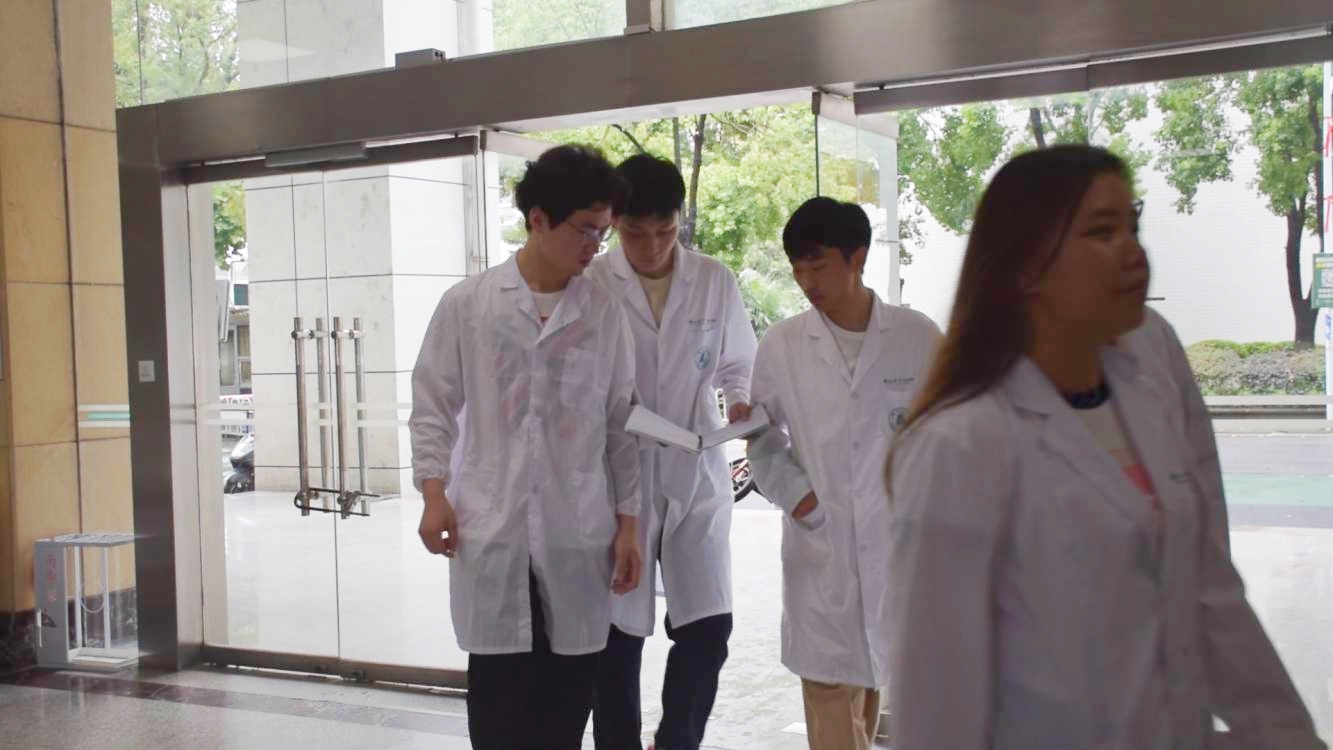
figure1: Team meeting
Contribution:
After in-depth discussions with PI, we preliminarily identified the method of using hydrogen-rich water as the implementation of the project. We also discussed the idea through brainstorming, and the team members agreed that this is a new way to protect the soil with great potential.
Outlook:
After defining the goals of the project, we plan to consult with experts in the field to see if our idea of using hydrogen-rich water to solve soil problems is feasible.
Purpose:
In order to verify the feasibility of our project, we competed with igem with Yang Jian, an experienced professor in the School of Food and Drug of Shenzhen Polytechnic and an off-campus part-time doctoral supervisor of BGI, Chen Weizhao, Director of the Teaching and Experimental Center of Life and Marine Sciences at Shenzhen University, and Zhang Lijun, Professor and Director of Drug Biotechnology at the School of Food and Drug at Shenzhen Polytechnic, held a meeting to guide our project and explore the feasibility of using hydrogen-rich water to solve soil problems.
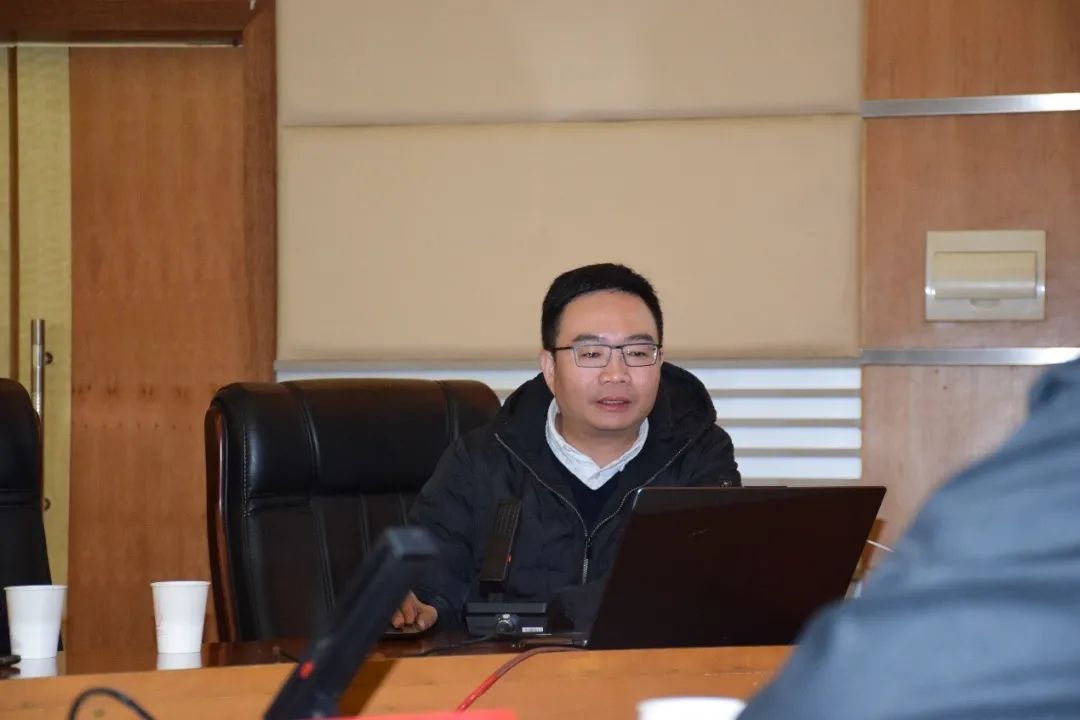
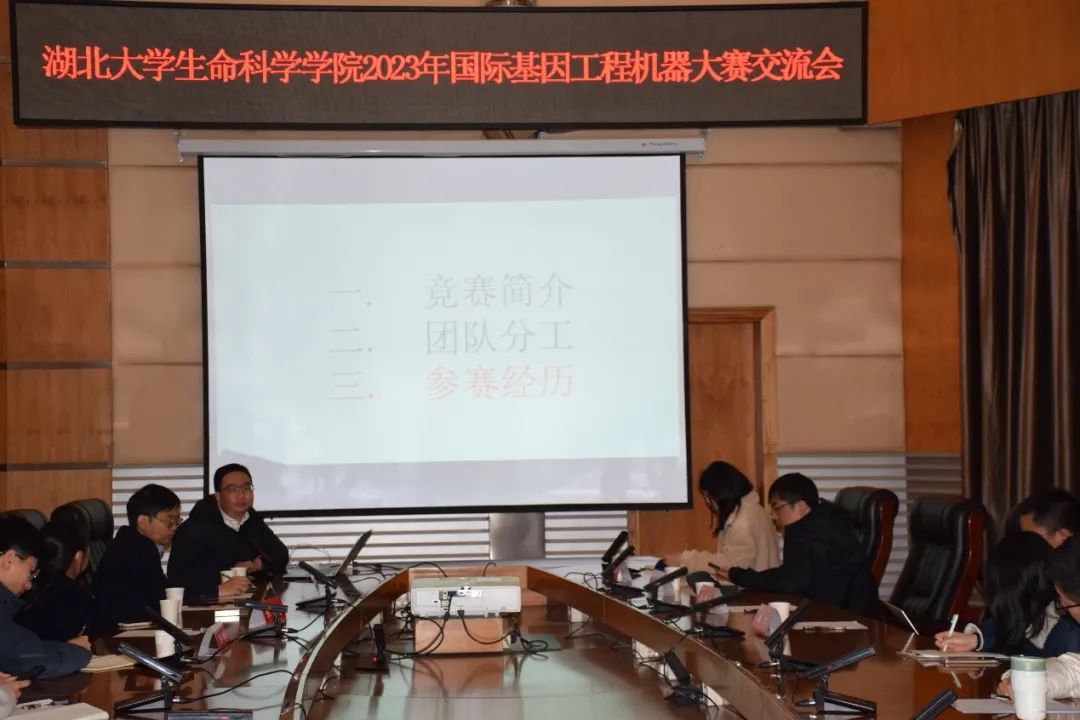
figure1,2: Photo of discussion with 3 experts
Method:
meeting created an open and relaxed atmosphere that gave us new insights to improve the project design. We shared project ideas and continued brainstorming sessions in anticipation of getting feedback on how to improve the proof-of-concept design and how to technically make it viable. We discussed in detail the function of hydrogen-rich water, and experts spoke highly of our project application ideas and offered many suggestions, including expanding it into areas such as fresh-keeping and flower preservation. However, in view of the original intention of our project and the maturity of current preservation technology, we decided to focus on the use of hydrogen-rich water to improve soil problems first, and then consider other applications when the project matures. In addition, the igem competition experience shared by three experts also solved many doubts for us and made up for the confusion caused by the lack of igem competition experience.
Contribution:
Based on the feedback from the experts, we realized that we needed to have a deeper understanding of the principle of hydrogen-rich water and establish a link to verify the effect of hydrogen-rich water on plants. Overall, our project ideas have been proven to work in principle.
Outlook:
Based on the suggestions of the three experts and the internal discussions of the team, we will continue to validate our project in depth in the field of botany, especially how to make full use of hydrogen-rich water.
Purpose:
In order to further verify the feasibility of this project, we organized a conference and invited Researcher Xu Dabing from Hubei Academy of Agricultural Sciences and Professor Huang Lanjie from Hubei University to discuss the effects of hydrogen rich water on plants and soil, in order to ensure recognition from various aspects.
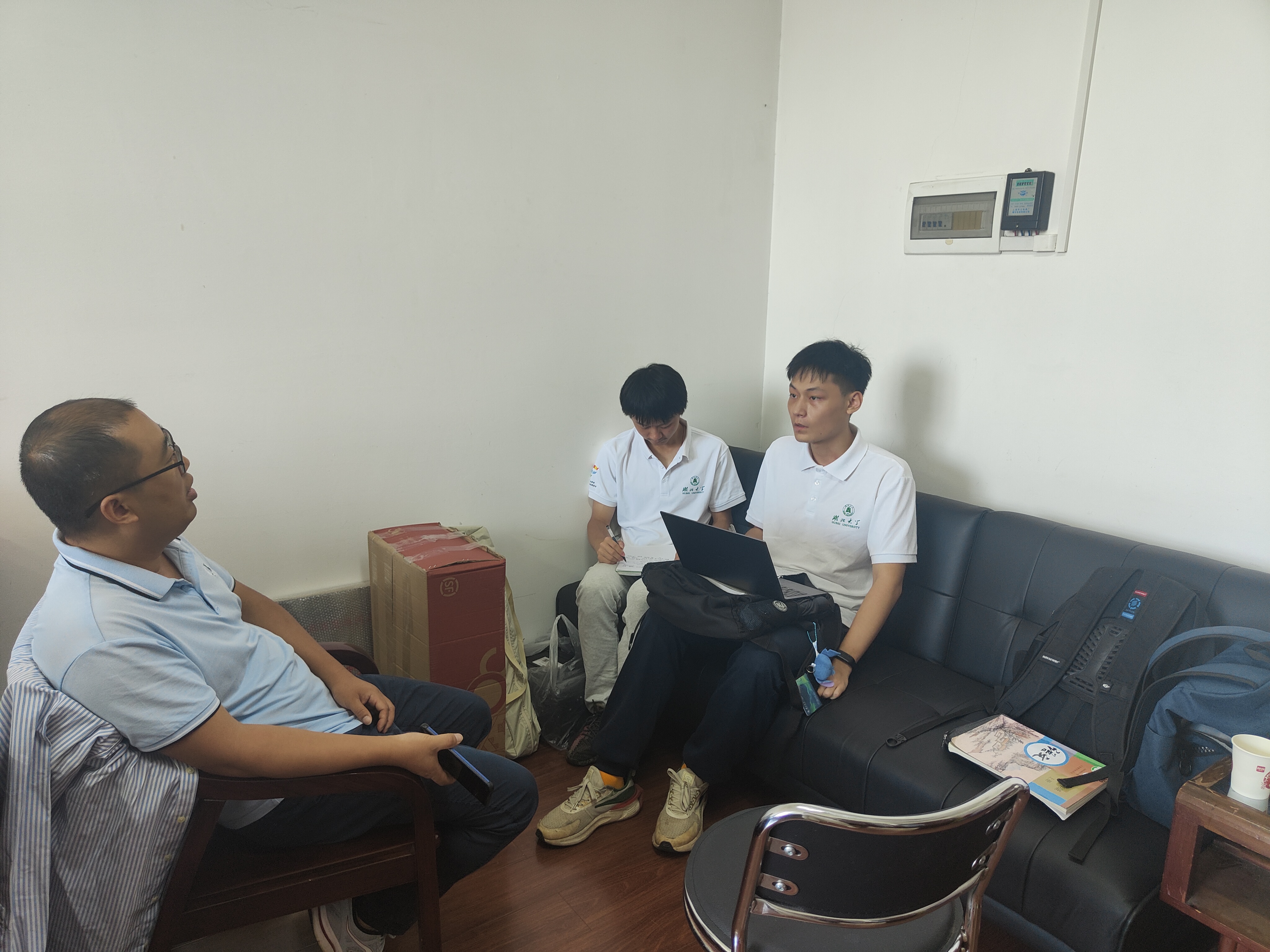
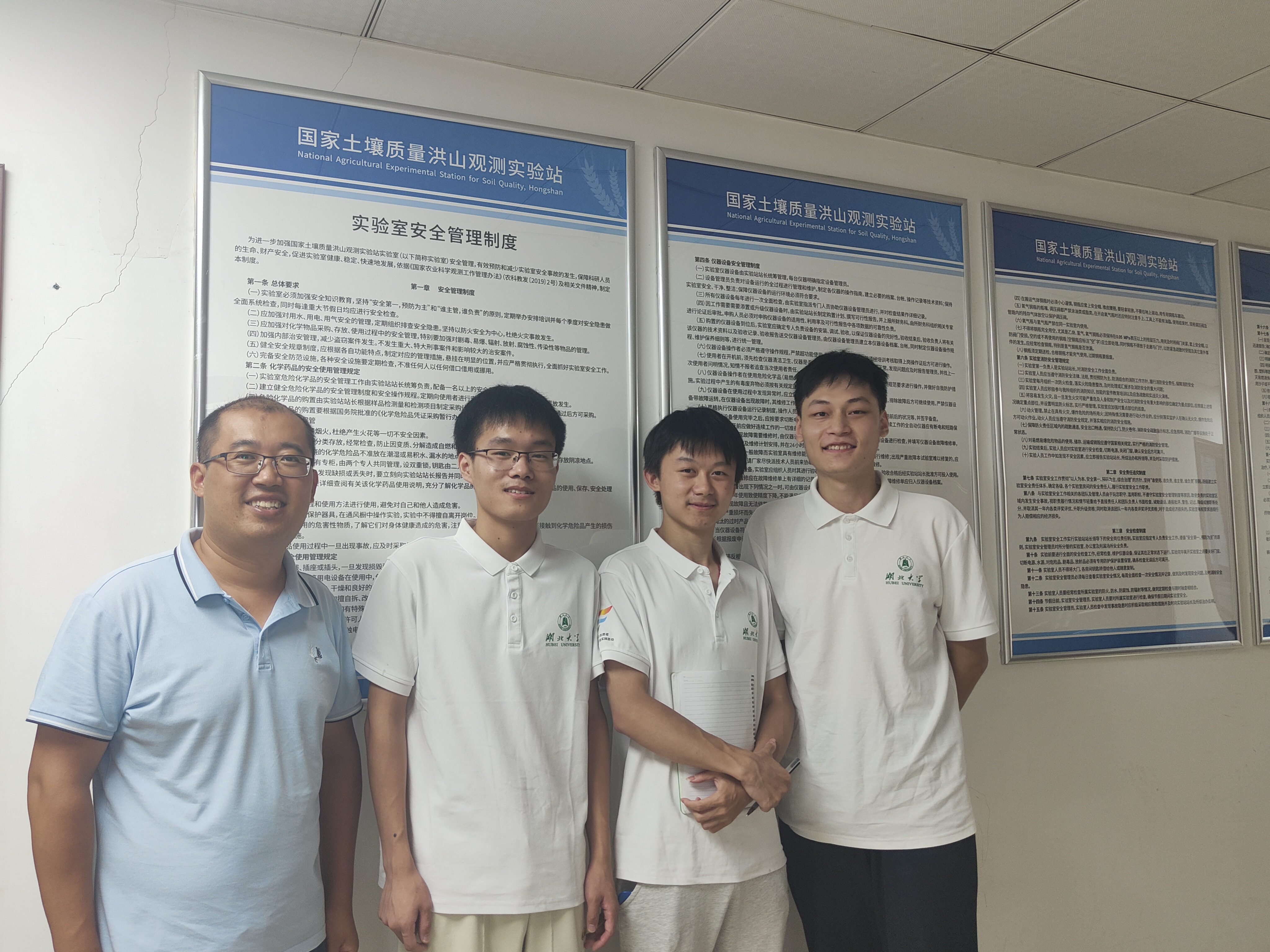
figure1,2: Photo of Xu Dabing's discussion
Method:
During the meeting, we had a full exchange of ideas, delving into the botanical effects of hydrogen-rich water. At the same time, they reminded us of the need to design botanical experiments to validate the botanical effects of hydrogen-rich water and use them as visual results to more clearly demonstrate the key point of the project - the role of "hydrogen-rich water." The enthusiastic answers from the experts greatly helped us in our subsequent botanical experiments.
Contribution:
We integrated all the information gathered at the conference and based on this feedback confirmed in principle that hydrogen-rich water has positive effects on plants and soil. The experts gave our project a high degree of approval and provided a wealth of positive comments.
Outlook:
After many rounds of discussion, the opinions of many experts have further strengthened our determination to use hydrogen-rich water to mitigate soil degradation. Next, it's time to solve the problem of how to create hydrogen-rich water through synthetic biology.
Purpose:
We have identified the use of hydrogen-rich water to reduce fertilizer application to protect soil. In order to understand more about the preparation process of hydrogen-rich water, we began to consult the literature extensively.
Method:
We have accumulated a wealth of information on the preparation of hydrogen-rich water through literature review and data collection. In addition, we organized team meetings to discuss the information gathered by each member in order to find the most suitable method for preparing hydrogen-rich water. However, after studying all the methods that have been found in detail, we found that there are some problems in some aspects of these methods. For example, although the technology of preparing hydrogen-rich water by electrolysis is mature, it requires a lot of electric energy in the preparation process, resulting in high cost; High-pressure aeration preparation of hydrogen-rich water needs to solve the storage and transportation problems of hydrogen, and hydrogen is flammable and explosive, there is a high safety risk, but also affected by hydrogen embrittlement phenomenon, high requirements for transportation materials; The traditional optical biological method for preparing hydrogen-rich water is low in efficiency and can not meet our needs We deeply studied the preparation methods of hydrogen-rich water and found that the existing preparation schemes of hydrogen-rich water have some shortcomings, especially the traditional biological preparation methods can not meet our needs. Therefore, we need to optimize the existing scheme, or come up with a new biological way to prepare hydrogen-rich water.
Contribution:
We deeply studied the preparation methods of hydrogen-rich water and found that the existing preparation schemes of hydrogen-rich water have some shortcomings, especially the traditional biological preparation methods can not meet our needs. Therefore, we need to optimize the existing scheme, or come up with a new biological way to prepare hydrogen-rich water.
Outlook:
In view of the complexity of the existing biological process for preparing hydrogen-rich water, we wanted to find a simpler and more efficient solution for preparing hydrogen-rich water. Therefore, we plan to discuss with mentors and experts in order to innovatively come up with a completely new method for preparing hydrogen-rich water.
Purpose:
In order to find a novel method for the preparation of hydrogen-rich water, we had to further search the relevant literature. During the search, the high frequency of methanol as a substrate for hydrogen production attracted the attention of our team members. Therefore, we thought about whether hydrogen-rich water could be prepared biologically by using methanol as a substrate, and we hoped to have an in-depth exchange with the instructor on this idea to further explore its feasibility.
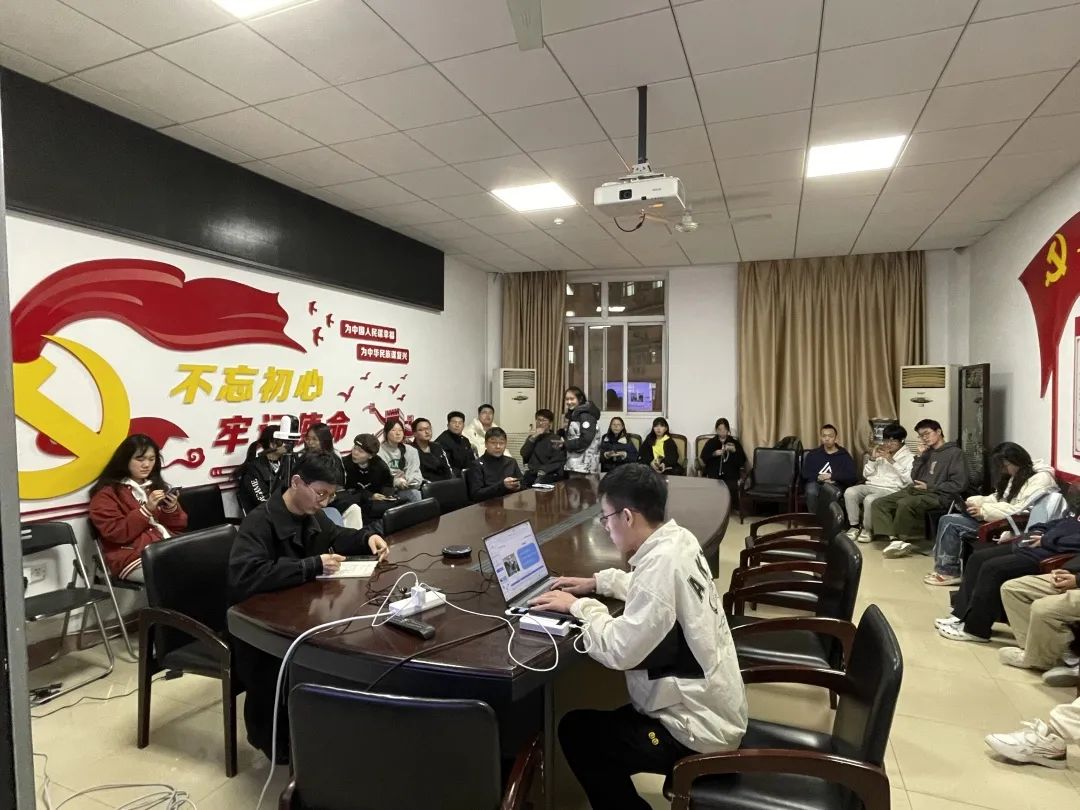
figure1: Photo of the team exchange
Method:
We propose a new method for preparing hydrogen-rich water through literature research, which uses methanol as a substrate. We also discussed the idea with our mentors and highlighted that China is the world's largest methanol producer, with 60% of the global methanol capacity. Methanol is abundant in resources, low in cost, and easy to store and transport in liquid form at room temperature and pressure. Compared with other hydrogen production methods (such as industrial hydrogen production), methanol hydrogen production has lower energy consumption and cost. In addition, methanol is the liquid hydrocarbon with the highest hydrogen-to-carbon ratio. Therefore, we plan to design a mild preparation method using the method of synthetic biology to prepare hydrogen-rich water with methanol as substrate.
Contribution:
We have come up with a way to make hydrogen-rich water using methanol as a substrate, but we still need to think about the specific technical route. In addition, we have discussed with our tutor, and he thinks that our scheme is feasible in theory, but how to use methanol to produce hydrogen-rich water is a question worthy of further discussion. We are very excited about this idea, as this idea is expected to become a reality in the future.
Outlook:
We want to further understand how to make hydrogen-rich water from methanol, so we plan to communicate with relevant experts and professors to establish our technical path.
Purpose:
We have identified the general direction of preparing hydrogen-rich water with methanol as a substrate, but we need a complete technical route to realize the production of hydrogen-rich water with methanol. Therefore, we look forward to speaking with experts to gain inspiration on the biological preparation of hydrogen-rich water methods for constructing methanol. We have already spoken with Professor Ma Lixin, who has come up with an exciting idea that has provided vital guidance for our project.
Method:
We need to design a complete technical route to produce hydrogen-rich water through synthetic biology using methanol as a substrate. After we shared our ideas with Professor Ma Lixin, he provided us with several articles related to methanol dehydrogenase, formaldehyde dehydrogenase, formate dehydrogenase, and pointed out that the preparation of hydrogen-rich water with methanol as a substrate is a very good idea, and it is completely possible in theory. Professor Ma Lixin provided us with theoretical ideas. Methanol becomes formaldehyde under the action of methanol dehydrogenase, then NAD+ combines with hydrogen ions to produce NADH, formaldehyde becomes formic acid under the action of formaldehyde dehydrogenase, then NAD+ combines with hydrogen ions to produce NADH, formic acid then generates CO2 and H+ under the action of formic dehydrogenase. Then, NAD+ combines with hydrogen ions to form NADH again, and then NADH produces hydrogen and NAD+ under the action of hydrogenase. Therefore, NAD+ can be recycled and reused, which can reduce the preparation cost of hydrogen-rich water. We were very surprised by this idea, because it does not require drastic reaction conditions, which means that there is no need to consume a lot of extra energy, and it is very friendly to the environment. We were extremely excited because we had come up with an extraordinary idea.
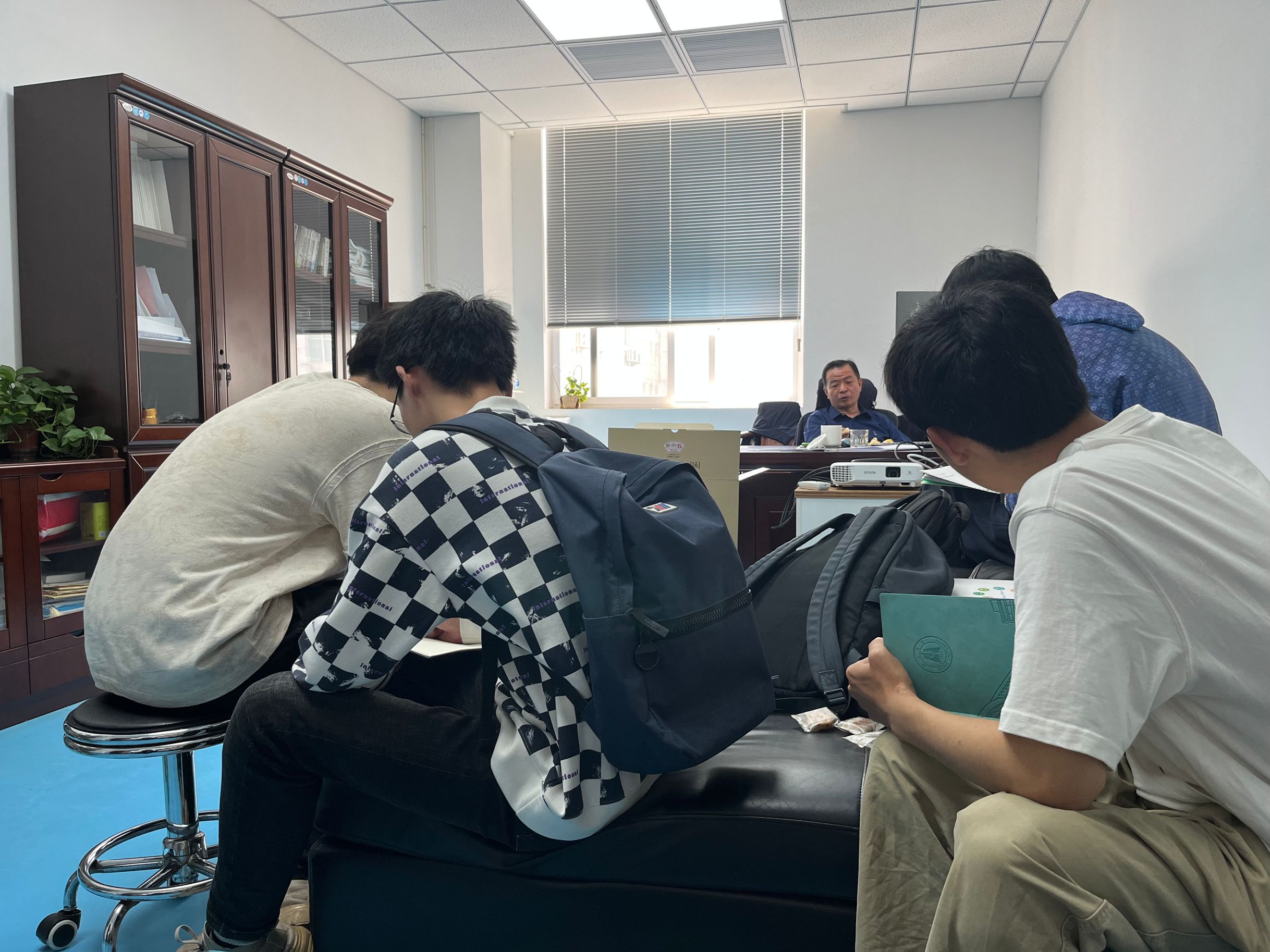
figure1: Photo by Ma Lixin Exchange
Contribution:
The exchange with Professor Ma Lixin can be described as a unique collision of minds, as he almost provided us with an almost complete technical route. Based on his suggestions, we successfully designed our first version of the technical route, which provided us with an almost perfect solution for transforming our idea of producing hydrogen-rich water from methanol into reality. This research and discussion enabled us to basically finalize the research idea of the whole project.
Outlook:
We have designed the full technical route, but we are still some way from actual implementation. Therefore, we plan to talk with Professor Ma Lixin again, hoping to further improve our plan based on this.
Purpose:
In order to further refine the technical route of the project, we discussed again with Professor Ma Lixin and Dr. Jun Yang. We look forward to optimising our technical route through this exchange.
Method:
We spoke again with Professor Ma Lixin and Dr. Jun Yang. Much to our surprise, there were again surprises in the conversation. Dr. Yang Jun pointed out that the preparation of hydrogen-rich water in this way must be feasible in theory, but the efficiency of biological preparation of hydrogen-rich water is generally low. If the hydrogen preparation efficiency of the whole system can be improved, this will be a very perfect way to prepare hydrogen-rich water. Dr. Yang Jun proposed a method to increase the efficiency, that is, to construct a multi-enzyme complex to promote the substrate channel effect, so as to significantly improve the efficiency of hydrogen-rich water preparation. Professor Ma Lixin also proposed the concept of protein scaffold based on Dr. Yang Jun's idea, that is, by combining four enzymes on the same protein, thereby forming an artificial multi-enzyme complex, improving the hydrogen production efficiency of the entire system. These new ideas are exciting for us because they promise to take our project to the next level.
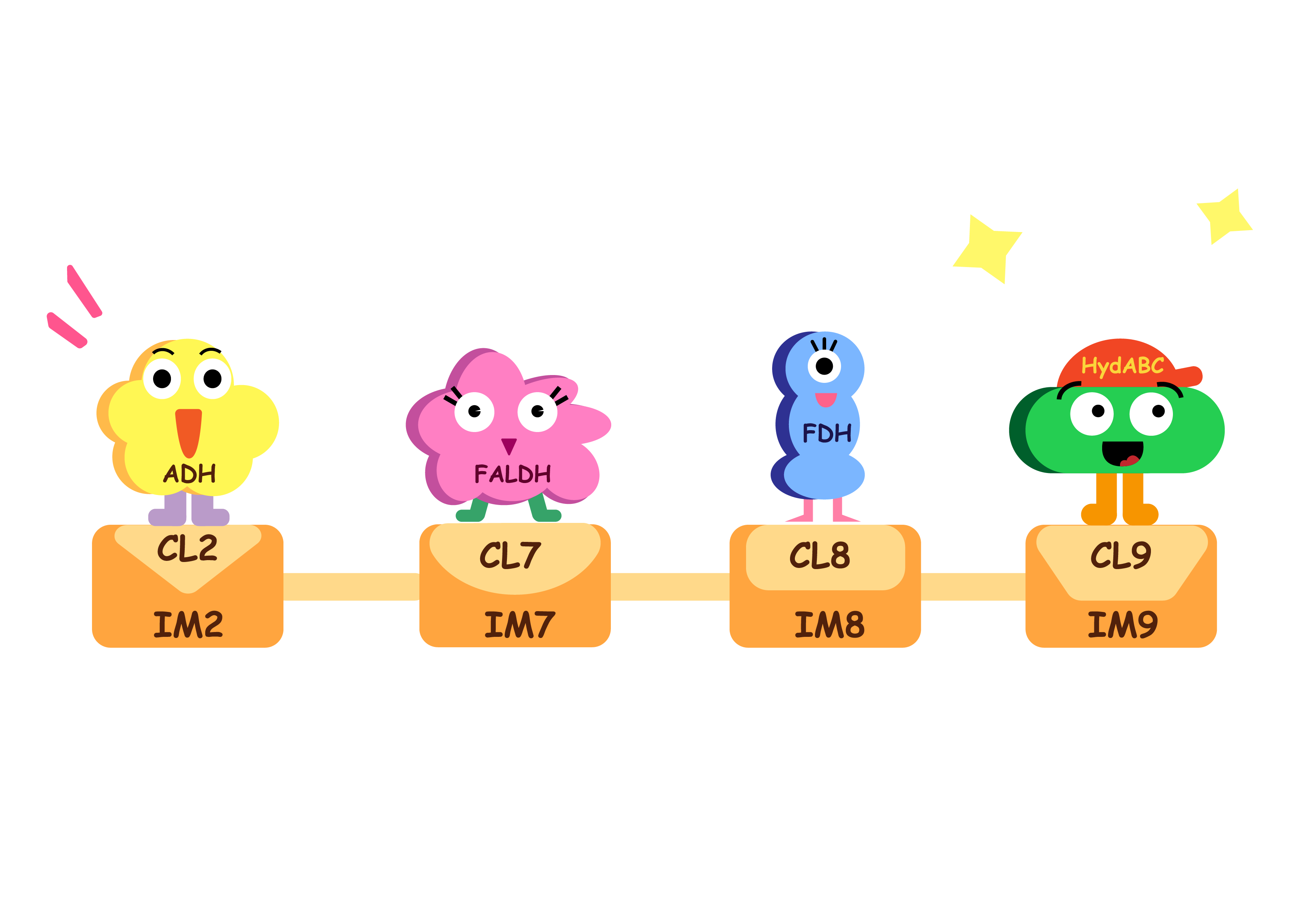
figure1: Design drawing with support
Contribution:
Through communication with Professor Ma Lixin and Dr. Yang Jun, our technical route has become more refined, and each part seems to have clearly emerged in our minds. According to the ideas provided by them, we actively searched for relevant materials on protein scaffolds. In the end, we decided to take this idea and fuse four enzymes onto the protein scaffold to build artificial multi-enzyme complexes. We are very excited about this approach because it would be a groundbreaking way to prepare hydrogen-rich water.
Outlook:
We have almost finished the design of the project, and the next key is to verify the feasibility of our technical route through experiments. After 5 weeks of discussion and communication, we finally got a clear idea for the whole project. Now, we are about to officially launch the soil conservation project!
Purpose:
In order to further guide farmers in implementing scientific fertilization, we actively collected soil samples and fed back the test results to farmers. With the valuable assistance of Professor Lanfang Yang, we carefully analyzed the data of these 4 soil samples and provided professional suggestions and opinions for each sample. Next, we went to Nanhu Village again and took the initiative to contact each farmer to share the best fertilization plan for their cultivated land. This exchange was unanimously recognized and praised by the farmers. The results of this collaboration are encouraging.
Method:
We went back to Nanhu to get in touch with the farmers and analyzed the soil data for them in detail. We had a great time interacting with the farmers. Because the farmers get the scientific guidance, so that their cultivated land will be improved in the future, and we make our contribution to protect the soil, which is our duty and mission.
Contribution:
We successfully fed the data back to the farmers and gave them scientific guidance, which made a Contribution to the protection of the soil.
Outlook:
In addition to communicating with the farmers, we also hope to get in touch with the fertilizer stations that sell fertilizer, because they are very close to our project. So, our next step is to contact the fertilizer stations and have an in-depth conversation with them.
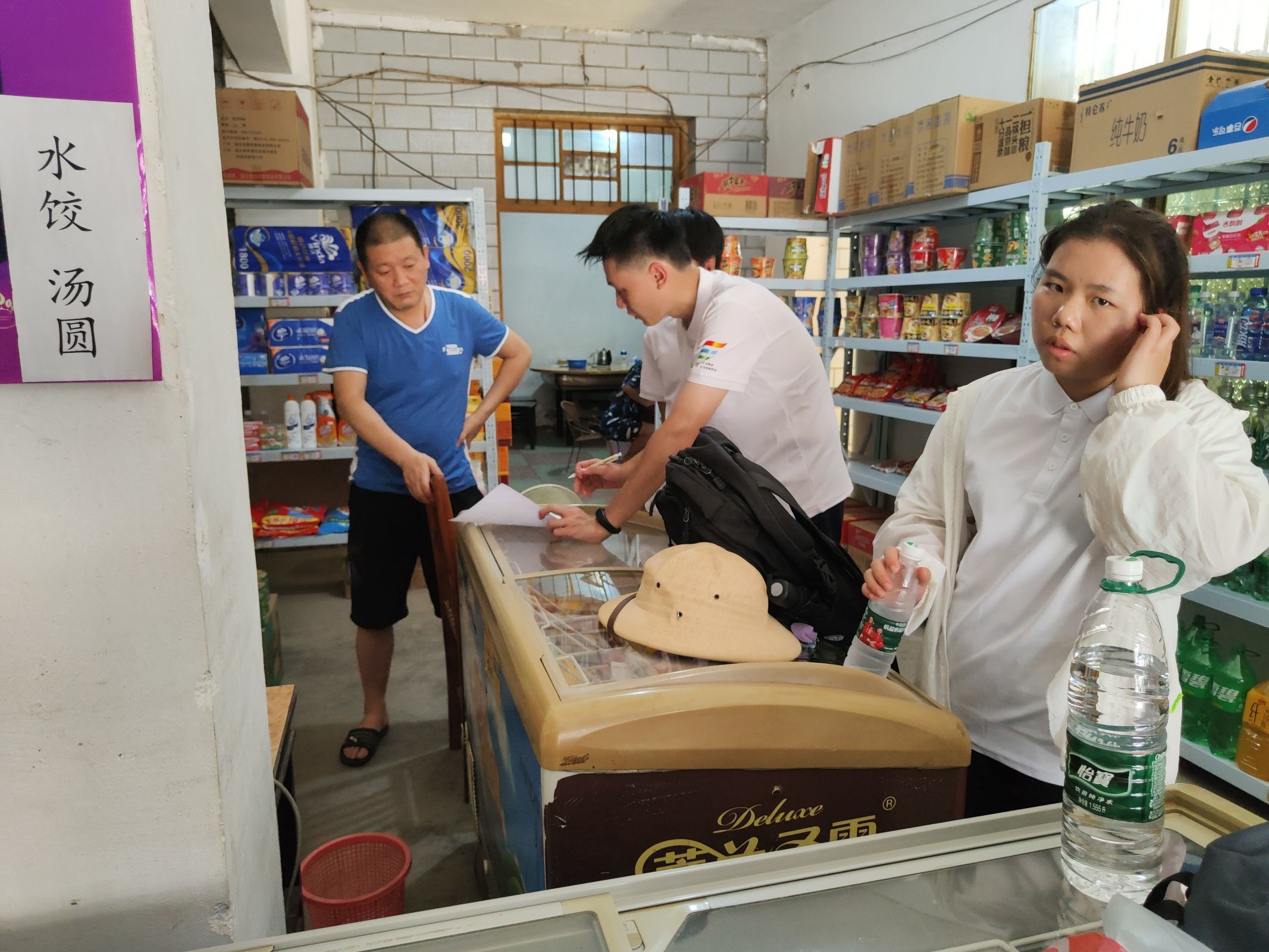
figure1: Talk with a farmer
Purpose:
The fertilizer station plays an important role in this as a stakeholder in our project, as we aim to produce a new type of fertilizer - hydrogen-rich water. Therefore, deep communication and collaboration with the fertilizer station is essential. We are eager to get more information from the fertilizer stations on the amount of fertilizer applied and hope to spark their strong interest in our project by introducing the benefits of hydrogen-rich water to plants. This collaboration will help us better understand the market needs and jointly promote the development and promotion of hydrogen-rich water.
Method:
We managed to get in touch with the fertilizer station in Huangpi District, Wuhan, where we had a very pleasant exchange and communication. The head of the fertilizer station highlighted a key issue, which is that most arable land today exceeds the recommended fertilizer application standards, so he thought our project made a lot of sense. In addition, he points out that the overuse of fertilizer is partly due to a lack of publicity and guidance from professionals on scientific fertilization. We also shared with him our previous work in instructing farmers to apply fertilizers scientifically, and he was pleasantly surprised.
Finally, we detailed the potential benefits of hydrogen-rich water for plant growth and soil remediation, and he said he was excited to see our project succeed soon. Even more heartening, he expressed his willingness to be the first partner to sell hydrogen-rich water, which made us very excited. We look forward to maintaining a long association with him and working together to drive the success of this promising project.
Contribution:
Our communication with the fertilizer station has made us more confident about hydrogen-rich water. In addition, the scientific guidance we provide to farmers has been recognized by the fertilizer station. Therefore, we hope to carry out more science popularization activities to publicize the importance of scientific fertilization. In addition, the person in charge of the fertilizer station also raised the question of how to get hydrogen-rich water and how farmers should use it. If we want to popularize it on a large scale, we should design a product that is easy for farmers to use. We are very much in favor of this idea, so we want to design a product to further support the wide application of hydrogen-rich water.
Outlook:
We plan to feed the data we collect from the survey back to the government. In the survey, many farmers said they were eager to receive guidance from experts in their field. Therefore, we hope the government can organize some scientific training to help farmers better understand the methods and techniques of scientific fertilization. This will help improve farmers' agricultural productivity and the sustainability of their land.
Purpose:
We intend to feed back the data obtained from the visits to the government, hoping that they can provide guidance services on scientific fertilization for farmers. To this end, we have contacted Wuhan Cultivated Land Quality and Fertilizer Work Station and hope that they will organize a series of activities aimed at promoting farmers' ability and awareness of scientific fertilization. This cooperation will help improve agricultural practices and promote sustainable land use.
Method:
We provided the government with the data we obtained through telephone interviews. They listened carefully to our data and were very receptive to our suggestions. This positive response makes us feel very satisfied and encouraged that our work has been recognised by the government.
Contribution:
We fedback the needs of farmers to the government. I believe the government will certainly provide some scientific guidance for them in the future, so as to help farmers better maintain their cultivated land, promote the sustainable development of agriculture and increase their income. This kind of positive action will have a profound impact on the local rural areas.
Outlook:
We sent the data back to the government, which is definitely a very meaningful initiative. In the future, we hope that the government can carry out activities related to scientific fertilization to help farmers apply fertilizer scientifically, which will help improve agricultural efficiency and land sustainability.
Purpose:
There were some problems in our experiment (jump to engineering formaldehyde cycle 2). We found that the content of formaldehyde dehydrogenase (T7) was high in the precipitation, and the activity did not meet our expectations. Therefore, we urgently need to consult the relevant experts to solve this problem and ensure that our engineering can proceed smoothly.
Method:
We discussed this with PI, who suggested two possible causes. One is that the labeling of proteins affects the water solubility of enzymes; Second, the expression of engineered bacteria was too high, so that the target protein did not fold correctly, forming an inclusion body. After full discussion with the instructor, we plan to replace a methanol dehydrogenase and continue to try to get better results.
Contribution:
During the in-depth discussion with the instructor, we successfully identified the problems in the experiment and put forward corresponding solutions. We plan to continue to push forward our experiment by replacing a new formaldehyde dehydrogenase, which is a decision of great significance for the progress of our research.
Outlook:
We wanted to design a product that would be easy for farmers to use to promote hydrogen-rich water. Therefore, we plan to have in-depth discussions with relevant companies to get some inspiration and suggestions, and we also hope to hold brainstorming sessions around product design. This will help us better meet the needs of farmers and promote the popularization of hydrogen-rich water.
Purpose:
After our last conversation with farmers in Nanhu Village, they raised some questions about hydrogen-rich water, which sparked our thinking. To make it easier for farmers to use hydrogen-rich water, we wanted to design a product that would be easy for them to use. To this end, we brainstormed and engaged in in-depth communication with PI to develop a basic product proposal.
Method:
During our brainstorming, we had a productive discussion that resulted in a variety of unique ideas, including a "mixing tank" and a "filter bucket." Although some of the ideas seemed fanciful, our discussions were very productive. For example, we came up with the solution of "double laundry coags", which is to make two double coags from dried enzyme powder with methanol and NAD+. These coags are placed in a bucket containing a specific amount of water. The coags quickly dissolve after contact with water, releasing methanol, NAD+ and enzymes, and then fully react by stirring to finally produce hydrogen-rich water.
Contribution:
Our team worked with PI to design multiple product solutions for producing hydrogen-rich water. After a lot of discussion and considering the practical feasibility of each product, we finally chose the creative "Double laundry coagulant" solution. In addition, we also found a water-soluble material, polyvinyl alcohol, which provides a solid foundation for the practical application of the product.
Outlook:
Our product solution is still in the early design stages, so next we plan to consult with more experienced companies for guidance.
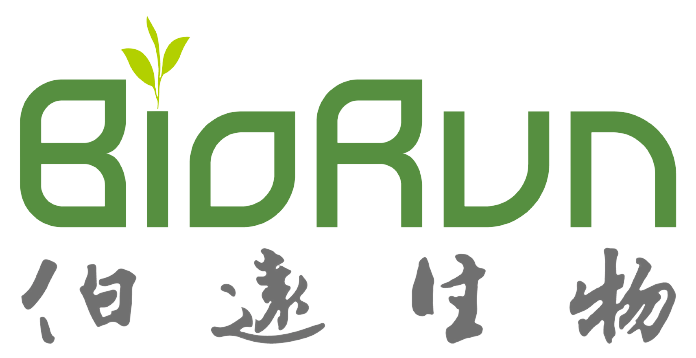
figure1: Logo of Wuhan Boyuan Biotechnology Company
Purpose:
After having a preliminary vision of our product plan, we decided to seek the advice of a professional organization to further improve our product design plan, so we contacted Boyuan Company, who have rich experience in the design of biological products and manufacture many biological products.
Method:
The staff took us on a tour of the Boyuan Company to see many of the biological products being made up close (filming is not allowed, however). After a tour of the production line, we asked them for ideas and tips on product design. To our surprise, they took it very seriously. After we introduced to them the project idea of connecting a variety of enzymes with a protein scaffold and then manufacturing hydrogen-rich water through an efficient cascade reaction, they analyzed our product plan idea from the market point of view, and put forward that we must achieve recyclable products to reduce costs and increase the number of uses, otherwise we will not be able to achieve large-scale promotion of our products.
Contribution:
Boyuan Company has provided many suggestions for our product program, among which the most important is to realize the recycling benefit of the product to reduce the use cost of the product. After 4 hours of intense discussion with Wuhan Boyuan Company, we and Boyuan company jointly proposed the "tea bag" program, which is to use the membrane structure to make a "tea bag" to package the enzyme in it. Methanol can pass through the membrane freely, but the enzyme and NAD+ cannot pass through the membrane, so as to achieve the purpose of recycling enzymes and NAD+ and further reduce the cost. Therefore, the challenge now is to determine the material of this special membrane, we must carry out in-depth research.
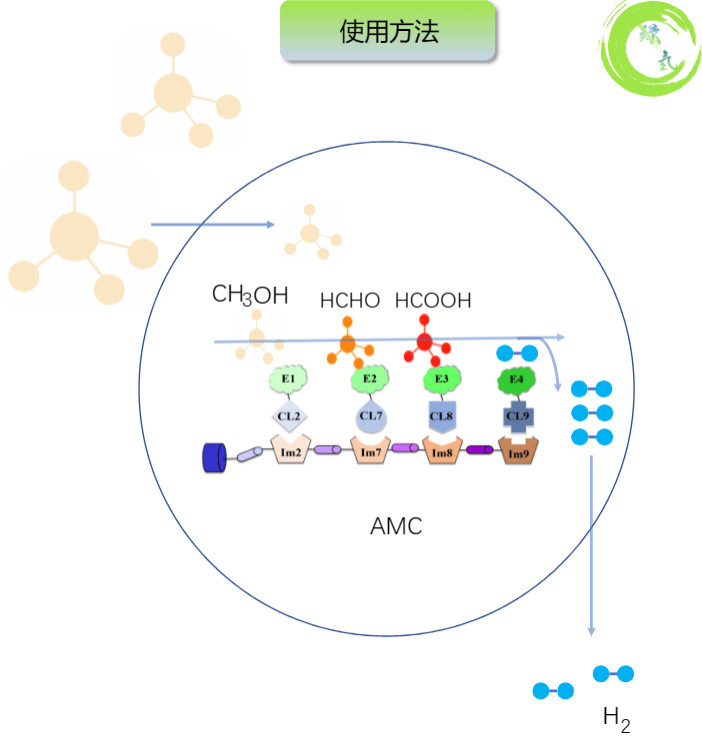
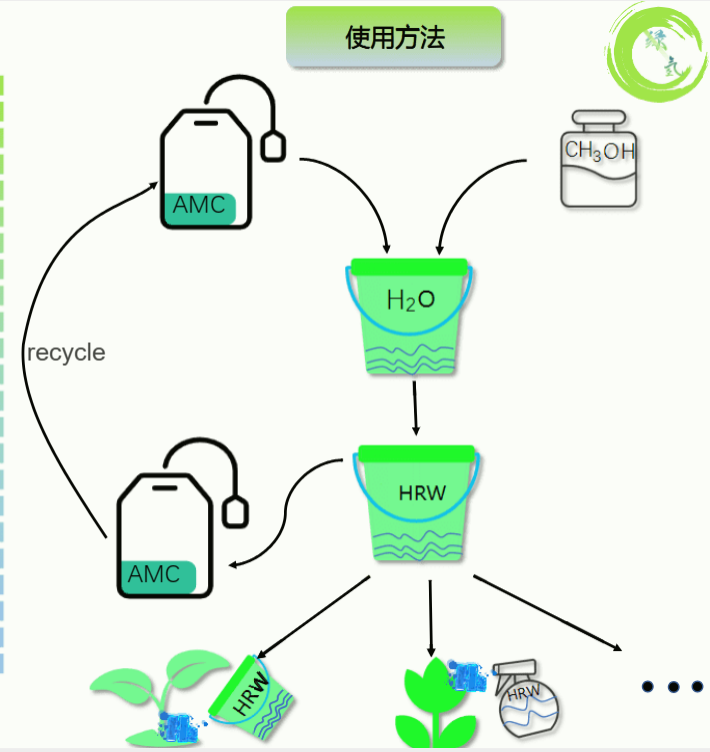
figure1,2: Picture of tea bag
Outlook:
After designing a more mature product solution, we can't wait to share the results with the farmers in Nanhu Village! So, our next plan is to go to Nanhu Village and share our concept product with the farmers, hoping to get their approval and suggestions there.
Purpose:
After having a mature product solution, we arrived in Nanhu Village again, hoping to collect more comments and feedback from future users.
Method:
We shared our new approach to the project on the Village Committee square, and simulated the use of our product on site using simple tools. We were impressed by the feedback of a farmer who said, "It's as easy as making tea!" ", we feel that this phrase is very appropriate for our product design idea, which is to make simple and efficient products!
Contribution:
Farmers speak highly of the products we designed, which inspires our confidence. We are very eager to produce this innovative product as soon as possible so that farmers can experience it for themselves. However, we still have a long way to go and many difficulties to overcome. However, we firmly believe that with the unremitting efforts of team members, we will be able to harvest the fruits of success!
Outlook:
The wet experiment is close to success. Next, we plan to test the effects of hydrogen-rich water on botany. Therefore, we will be contacting botanical experts to help us design our botanical experiments.
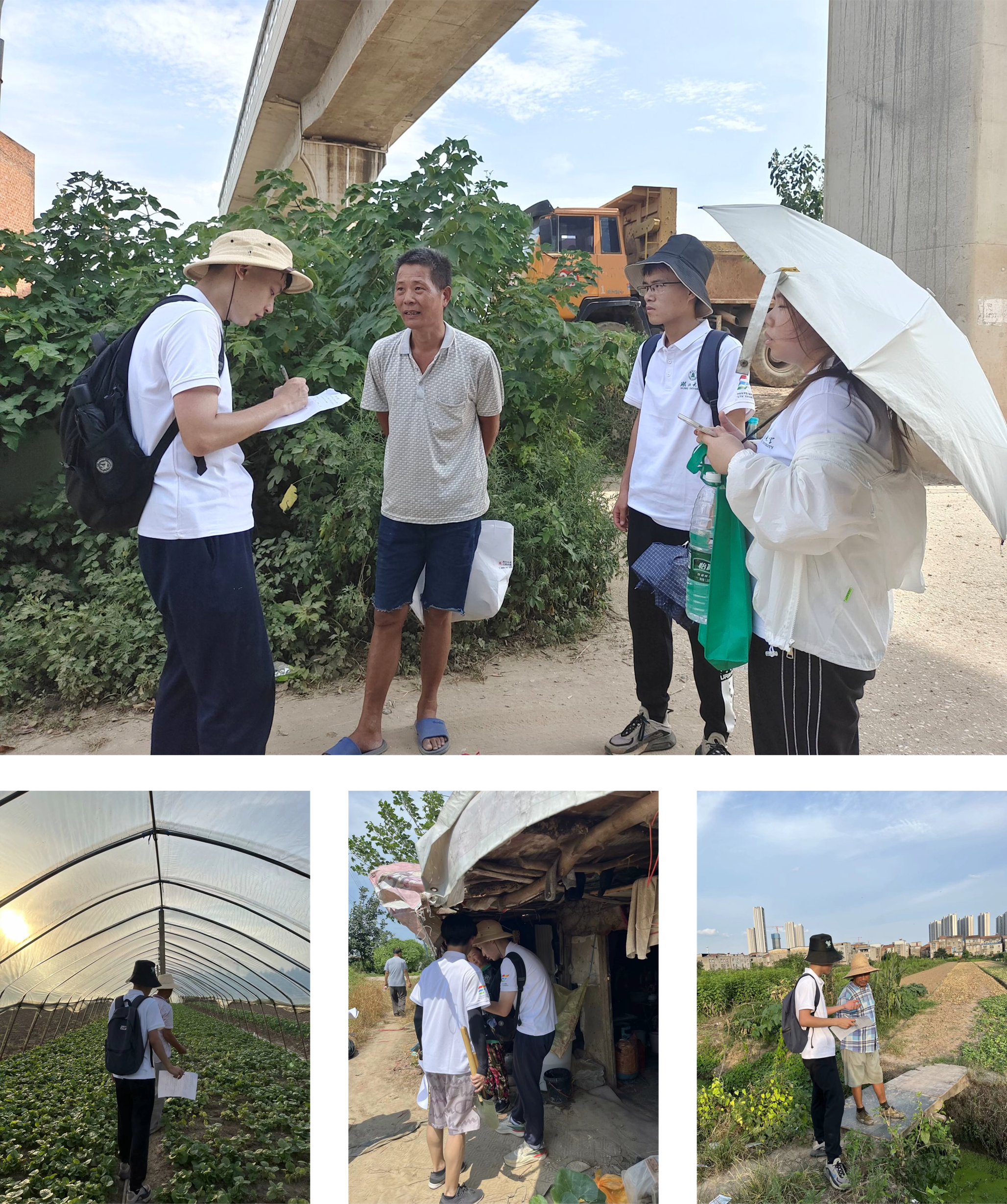
figure1: Flag drawing of Nanhu Village Committee
Purpose:
In order to verify the botanical effect of hydrogen-rich water, we visited Hubei Academy of Agricultural Sciences and Hubei University respectively, and had an in-depth exchange with researcher Xu Dabing and Professor Huang Lanjie, who provided us with many valuable suggestions for the design of plant experiment program.
Method:
According to the experimental scheme provided by us, Researcher Xu gave many insights, and pointed out many unconsidered omissions in our experimental scheme, such as: To do a good botanical experiment, we need to have a stable and efficient source of hydrogen-rich water. That is, the efficiency of producing hydrogen-rich water should be increased. At the same time, the plants should use quick-growing vegetables such as bok choy to shorten the experiment period.
Professor Huang Lanjie provided many innovative ideas for the verification methods we should face in the later stage of plant experiments, such as measuring chloroplast content, using software to measure root length to avoid manual measurement errors, and using various characterization data as indicators to more comprehensively verify the botanical effects of hydrogen-rich water.
Contribution:
The two professors have provided us with valuable experience. B: At first, we were inexperienced in botany experiments and didn't know where to start. However, after their patient answers, we are now confident of the success of our botanical experiments.
Outlook:
The experimental part is ready, and now we can actively engage with the community to expand the impact of our project and do more to achieve our vision for a better world!
Purpose:
In order to expand the impact of our project, we intend to reach out to environmental protection organizations in the community, the most representative of which are: Roots & Shoots, an organization founded by Dr. Jane Goodall, encourages young people to care about the environment, protect animals, and serve their communities to make a positive difference in their communities or schools. This is a perfect fit for our purpose. That's why we've been actively engaged with Roots & Shoots to build a long-term relationship.
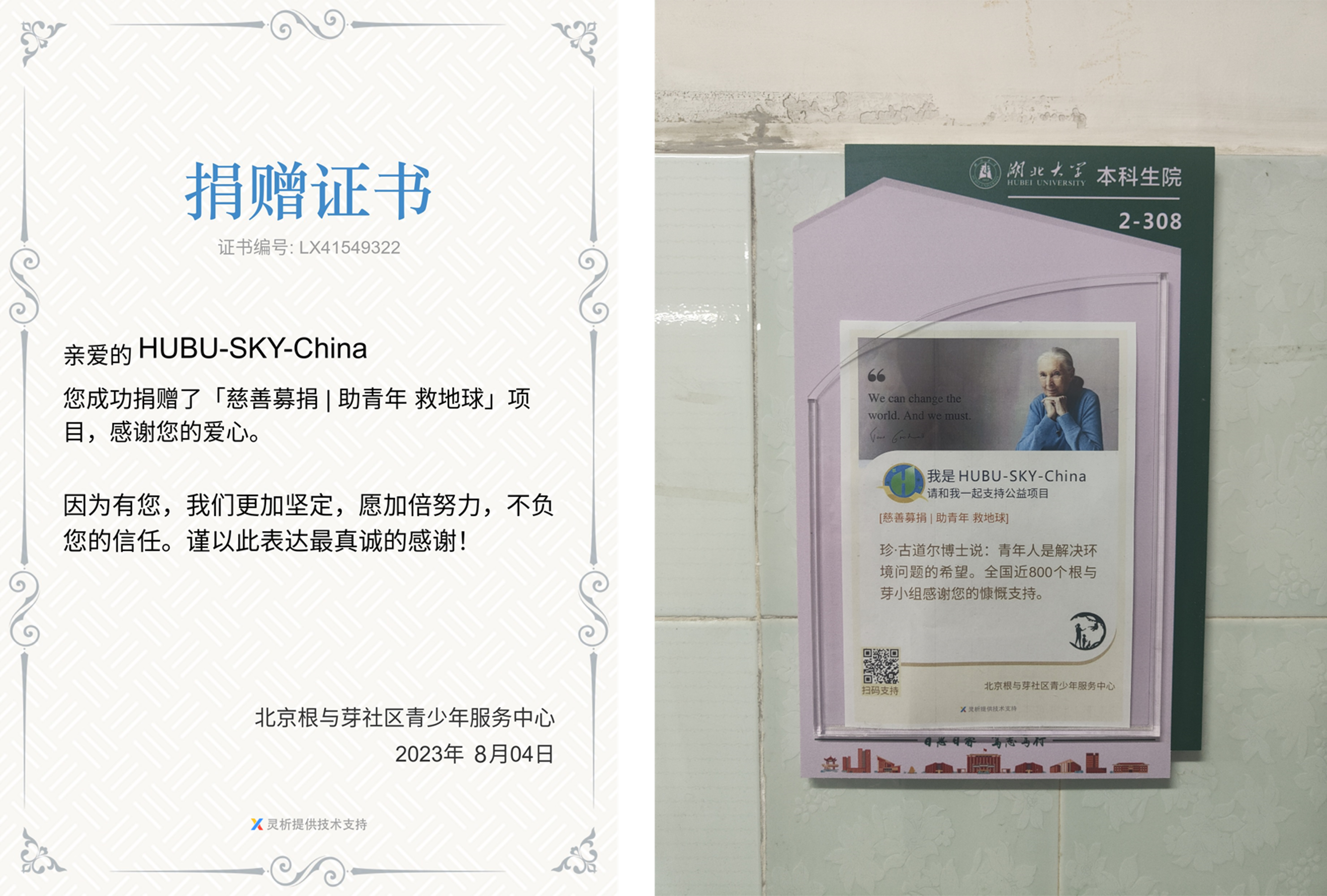
figure1: Donation photo and poster
Method:
We connect with Root & Shoot staff online and use a portion of the money raised from our charity sale to become a monthly Root & Shoot donor. At the same time, we actively joined the Roots & Shoots team and formed a Roots & Shoots Volunteer team inside the school to spread the word in classrooms throughout the building. We will work closely with the Roots & Shoots team to attract more members, commit to the cause of environmental protection and make unremitting efforts to protect the environment.
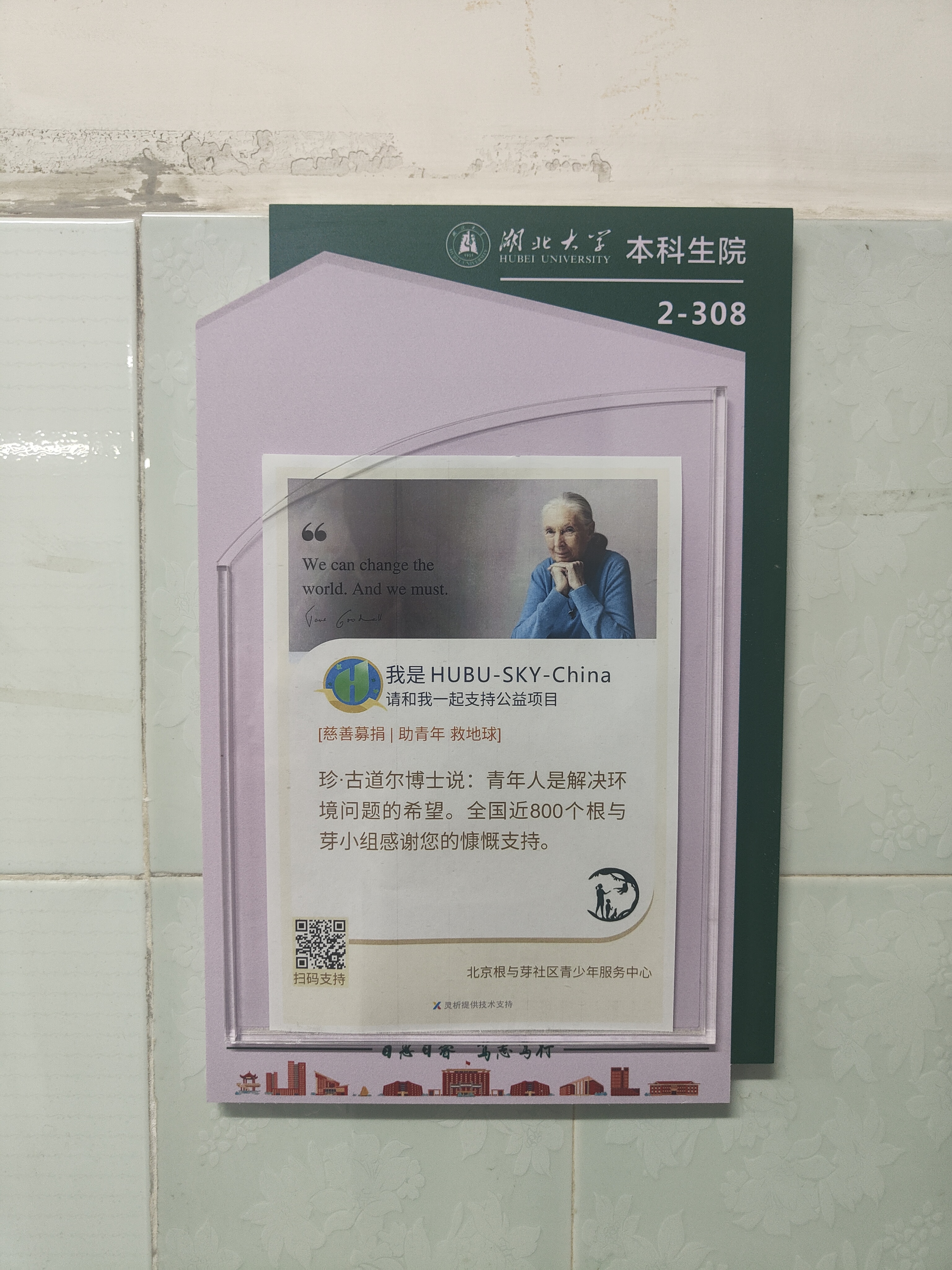
figure1: Campus poster photo
Contribution:
By connecting with social welfare organizations represented by Roots & Shoots and communicating with such stakeholders, we found that we share the same vision and can reach long-term cooperation. Their rich experience in the field of environmental protection publicity and practice also contributes to the rapid improvement of our team's ability.
Outlook:
I am very happy to get in touch with and establish cooperative relationships with Root & Bud and other public welfare organizations. Going forward, we plan to continue to connect with more stakeholders to work together in the cause of environmental protection.
We have contacted the Wuhan Legal Service Network and conducted online meetings with legal professionals to explore legal issues related to our project and future products, as well as biosafety issues.

figure1: Logo of Legal Services of Wuhan
Purpose:
Our purpose is to release proteins derived from GM technology into the environment, but our understanding of the relevant legal knowledge is limited. Therefore, the purpose of this interview is to have an in-depth understanding of whether our behavior will violate any legal provisions, so as to ensure that our project can be smoothly implemented within the legal framework.
Method:
The staff of Wuhan Legal Service Network pointed out that the release of Gmos into the environment is not allowed, as it may bring serious risks to the ecological environment and human health. But the release of proteins produced through Gmos is allowed, provided that we have to make sure that these proteins do not contain any Gmos components. In addition, they suggest that if these proteins need to be released into the environment, it is better to design a complete set of procedures to detect the presence of any Gmos in the proteins.
Contribution:
Through communication with the staff of Wuhan Legal Service Network, we learned that we must verify that our proteins do not contain any Gmos. In addition, we communicated with the IGEM Safety Committee and they also gave the same advice. We urgently needed to design an experiment to confirm that our protein does not contain any Gmos.
Outlook:
In order to verify if the protein contains any Gmos, we plan to coat the protein on a culture plate and see if any microbial colony growth occurs.
Purpose:
To verify that the proteins we produce do not contain any genetically modified organisms (Gmos), we designed an experiment. We applied the protein solution to a plate to see if any microbes would grow on the plate. To our delight, no microbes grew on the plates, so our project worked perfectly.
Method:
We designed five experimental groups and five control groups. Each of the five proteins was coated on a corresponding plate and a positive control group was set up. And the corresponding receptive cells were directly coated on the same plates. The whole process strictly abides by aseptic operation in order to prevent bacterial contamination from affecting our analytical results. After one day of culture, we carefully observed the microbial growth on each plate. Thankfully, no microbial colony growth was found on the plates of the five experimental groups, while the positive control group showed colony growth, which proved that our protein species did not contain any genetically modified organisms.
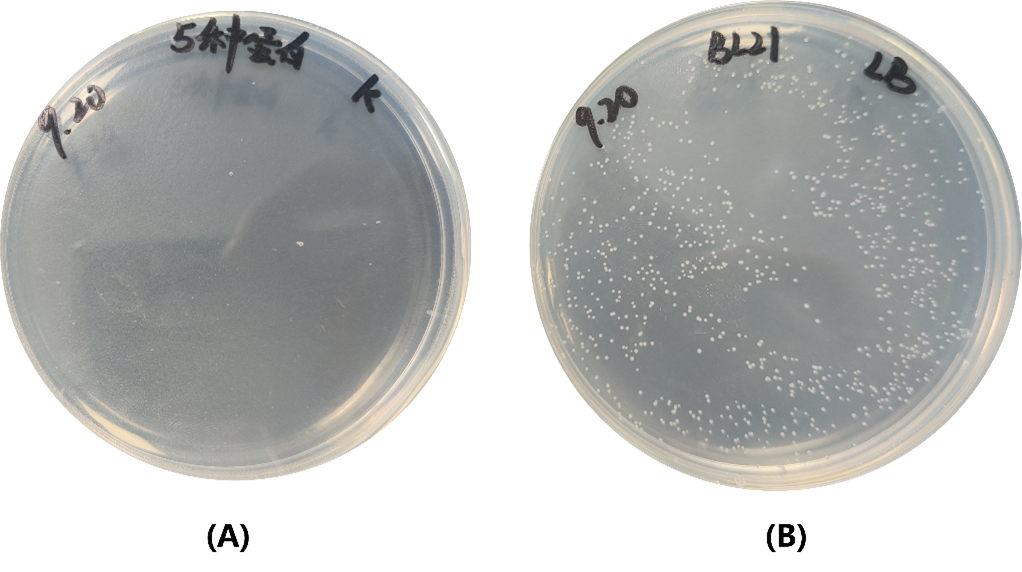
figure1: Figure of safety verification results
Contribution:
Through this safety verification experiment, our project can continue without any doubt. This is definitely motivating for all the team members, because we don't want this wonderful way of protecting the soil to have to be stopped because of some potential safety issue.
Outlook:
After passing the safety verification, we can carry out the experiment of the plant part smoothly. We have designed the experiment scheme of the plant part, and the experimental materials required have also been approved by IGEM Safety Committee. Therefore, we can start to verify the botanical benefits of hydrogen-rich water and contribute more to the cause of soil conservation without worry.
Purpose:
We have completed the validation of the botany part of the experiment, and we have obtained some remarkable results. We want to share this good news with the community involved in our project, so that they can have a deeper understanding of this remarkable solution. We reconnected with farmers, fertilizer stations, and companies to share the results of our experiments.

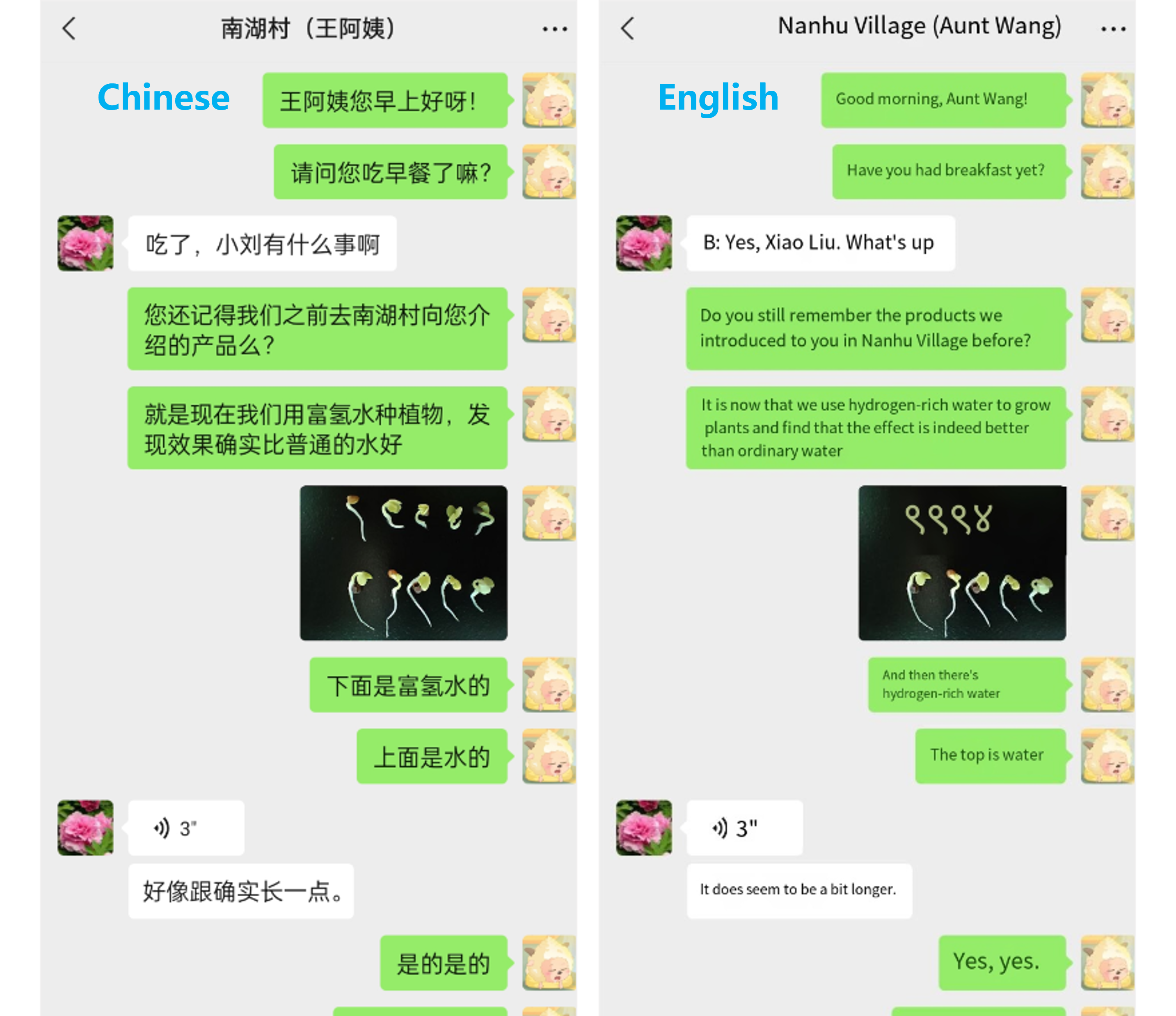
figure1,2: Chat with farmers
Method:
We got in touch with the farmers online and shared our results with them in the form of images. They said they were very happy that this would make a difference to their land in the future, possibly increasing their crop yield and income. In addition, we spoke to the head of the fertilizer station about our results, and surprisingly, he asked if it would be possible to market hydrogen-rich water. We said that we have only demonstrated it in the lab, but we are still a long way from large-scale agricultural production. However, we firmly believe that this method will be implemented in agricultural production as soon as possible in the future, and contribute to environmental protection. Finally, we also reported the results of our experiment with Wuhan Boyuan Biotechnology Co., LTD. They said that they were surprised by this phenomenon and would help us if we had any problems with product design in the future, because it was really an excellent job.
Contribution:
We gave the results of the plant part of the experiment to our stakeholders. From the users of the fertilizer to the sellers of the fertilizer, we received high evaluation. We are very pleased to have successfully verified the botanical effects of hydrogen-rich water (Botanical results link). It has been a very memorable process indeed. From the germination of the seed to the gradual growth of the seedlings, it has been a journey full of growth in the same way that we have gradually grown from novices in iGEM competitions to people with a deep understanding of iGEM.
Outlook:
We successfully completed our Human Practice project! It was a journey full of unknowns, knowledge and challenges. Along the way, we have experienced rain and rain, but also shared laughter. We have not only witnessed our own growth, but also experienced the unique and colorful world of iGEM. Now, we are nearing the end of our 2023 iGEM journey, and the upcoming big party is the moment we have been waiting for! We're ready for it!

figure1: Team photo, excited!!!
Description:
After extensive literature research, we decided to make our own contribution in the field of environmental protection. After many brainstorming, we finally settled on soil protection as our research direction. Subsequently, we conducted field research to gain an in-depth understanding of the land beneath our feet.
Feelings :
Our project members have a great passion for addressing environmental issues, especially soil issues, as soil is the basis for food and agriculture is the backbone of society. With a strong sense of mission, we are committed to solving soil problems.
Evaluation/Analysis:
We use a combination of literature research and field research to study soil issues in depth. Field research provides raw and authentic data, while also helping us to make connections and understand the needs of relevant project stakeholders. However, field research may not yield comprehensive and extensive information, so we need to combine literature research with field research to ensure that our initial understanding is more comprehensive and nuanced.
Conclusion:
Based on the feedback from team PI's brainstorming, literature search and data survey, we jointly decided to take soil restoration as the theme of our competition.
Action Plan:
In the next stages, we plan to reach out to stakeholders, including businesses in the field of environmental remediation and experts in biology, to assess the pros and cons of current solutions, as well as provide ideas for us to conceive our own.
Description:
Through cooperation with Wuhan Zhonghuan Jiye Ecological and Environmental Engineering Co., Ltd. and many brainstorming and expert exchanges, we deeply realized the inadequacy of current soil restoration methods and identified hydrogen-rich water as the solution for our project.
Feelings :
In view of the many shortcomings of soil restoration programs, we urgently seek a new method that is simple and efficient. After conducting a literature survey, we showed a strong interest in hydrogen-rich water as a new element of our soil restoration program.
Evaluation/Analysis:
In order to find new approaches to soil restoration, we actively engage and communicate with various stakeholders, starting with companies specializing in environmental protection and soil restoration, to understand the shortcomings of current soil restoration programs. This has provided us with valuable guidance in our search for new approaches. After selecting hydrogen-rich water, we not only went back and forth with teams and experts in terms of principle, application and validation, but also worked to confirm its actual effect on soil restoration.
Conclusion:
We found hydrogen-rich water to be an approach that matched the goals of our project, and after many validations, we determined that it could be applied in the field of soil restoration.
Action Plan:
To achieve this, we need to devise a way to prepare hydrogen-rich water through synthetic biological methods. This involves identifying suitable feedstocks and preparation pathways. Therefore, in the next stage, we still need to conduct an extensive literature survey and communicate with experts to obtain the necessary information and guidance.
Description:
Having discovered the inadequacies of existing methods, we conceive a technical route for producing hydrogen from methanol. Through many conversations with experts, a unique and logical technical route emerged. .
Feelings :
This is the time when our creativity is at its highest. After recognizing the inefficiency of existing hydrogen production methods, especially biological ones, we decided to devise one of our own. Although fraught with challenges, we courageously embrace the unknown.
Evaluation/Analysis:
After finding the advantages of methanol through literature review, we chose methanol as the substrate to design the technical route. Although the initial plan was relatively simple, with the guidance and help of PI and Professor Ma Lixin, we continued to improve and finally succeeded in turning the theory into a feasible plan.
Conclusion:
At present, there is no method to prepare hydrogen-rich water by biological way using methanol, which has many advantages and is an ideal raw material for hydrogen production. We plan to use a well-designed technical route to achieve the preparation of hydrogen-rich water, which will be an important innovation.
Action Plan:
Next, we will be divided into two groups, the wet team will throw themselves into the experimental work, while the dry team will begin to engage and communicate with more stakeholders to gather their valuable feedback.
Description:
We took a series of actions, including visiting Nanhu Village, communicating with fertilizer stations, government feedback and expert discussions, to move our project forward. These experiences include interaction and collaboration with different stakeholders aimed at raising farmers' awareness of scientific fertilization and land sustainability. We visited Nanhu Village to share scientific advice with farmers, who gave positive feedback on our project. Afterwards, we got in touch with the fertilizer station, whose director highlighted the problems with fertilizer application and the potential benefits of hydrogen-rich water. Another important collaboration was the government's willingness to provide farmers with guidance on scientific fertilizer application. In the end, we resolved the problems in the experiment during the expert discussion, paving the way for further development of the project.
Feelings :
We feel excited and satisfied because we see positive outcomes and potential opportunities. When we talk to farmers, we are encouraged by their recognition and praise. The cooperation with the fertilizer station strengthened our confidence, the positive response of the government satisfied us, and the expert discussion solved the experiment problem for us, which made us feel very satisfied. At the same time, we feel a great responsibility as these partnerships are crucial to the success of the project and we want to make sure we play our part to the fullest.
Evaluation/Analysis:
Cooperation with farmers and fertilizer stations increased the feasibility of the project, government support helped farmers get scientific guidance, and experts discussed and solved technical problems. All these have had a positive impact on our research and work. In addition, their feedback is constantly driving the progress of our project. By collecting their feedback, we have a deeper understanding of the needs and expectations of different stakeholders. We realized that interaction with farmers helped promote scientific fertilization, cooperation with fertilizer stations contributed to market understanding, government support contributed to sustainable development, and expert discussions solved technical problems. These analyses help us to better plan future steps in order to better meet the needs and expectations of all parties.
Conclusion:
We continue to cooperate with more stakeholders, and our actions have really changed the concept of fertilization of farmers in Nanhu Village. The idea of scientific fertilization has begun to spread. In addition, we have established contact with stakeholders, which enables our project to collect more people's opinions.
Action Plan:
During our research in Nanhu Village, their feedback made us realize that we need to start building the product plan, which will be the goal of our next cycle of efforts.
Description:
Throughout the project, we first visited Nanhu Village to talk to farmers and take soil samples. We then brainstormed and engaged in in-depth communication with PI to design a hydrogen-rich aquatic product suitable for farmers. After that, we reached out to PI for professional advice and input. We then returned to Nanhu Village to share our product solutions with farmers and gather feedback. Finally, we consulted botanical experts to design the botanical experiment plan.
Feelings :
We were motivated by our desire to design simple and efficient products for farmers. Almost immediately after we had designed our preliminary product, we went to Boyuan to consult them. We were pleased that we had designed a simple and efficient product. Which means that farmers don't need a high cost or learning threshold to use our products, and we're going to share this good news with them right away.
Evaluation/Analysis:
We conducted an in-depth evaluation through the feedback of stakeholders. Boyuan's communication provided us with valuable suggestions, but the professional opinions also presented new challenges to our immature product solutions. We also need to consider whether the product is easy to produce and whether it meets the market needs when designing. Finally, according to the feedback provided by Boyuan company, we have improved many immature designs, and when we receive a lot of positive feedback from farmers, our products are truly recognized.
Conclusion:
After consulting various parties and continuous thinking and efforts, our product scheme gradually matured, and finally presented a really simple and efficient product that is convenient for the preparation of hydrogen-rich water.
Action Plan:
We will continue to actively cooperate with various parties and engage with more stakeholders. Our influence in society is still limited, which makes us consider seeking cooperation with some environmental ngos.
Description:
We have decided to establish a long-term cooperation with Roots & Shoots, an environmental protection public interest organization, to expand the impact of our project. Founded by Dr. Jane Goodall, Roots & Sprouts encourages young people to care about the environment, protect animals, and bring positive change to their communities and schools, which is a perfect fit with our program's goals.
Feelings :
We are full of anticipation and excitement about getting in touch and working with Roots & Shoots. This collaboration represents a potential opportunity to expand the reach of our program and make our efforts more meaningful.
Evaluation/Analysis:
We reached out to Roots & Shoots online, made contact with them, and through our interactions with them, we felt like we were in the same spirit, and we formed a partnership and became a monthly donor to them, while actively participating in their volunteer corps and leveraging their influence and proven experience to expand the impact of our program. The connection with Roots & Shoots not only helped our program, but also helped our team capabilities. They have accumulated a wealth of experience in advocacy and practice of environmental protection and can bring valuable knowledge and resources to our team.
Conclusion:
We are pleased to be able to connect and establish partnerships with public interest organizations such as Roots & Shoots. This is an exciting opportunity for us and Roots & Shoots to work tirelessly on multiple fronts to protect the environment and expand the impact of our programs.
Action Plan:
We will continue to engage with Roots & Shoots and other pro bono organizations and seek more opportunities for collaboration to achieve our environmental goals. We plan to work closely with these organizations to advance the cause of environmental protection. Next, we will contact more stakeholders, including other public interest organizations, communities and schools, and solicit legal services for our products to ensure that our products do not violate safety laws before they can be manufactured.
Description:
In our project, we need to release proteins obtained through transgenic technology into the environment, but we have limited knowledge of the relevant laws. Therefore, we decided to consult a professional legal service to find out if our actions would violate any legal regulations.
Feelings :
The consultation made us aware of the legal restrictions on the release of Gmos into the environment, which can have serious impacts on the ecological environment and human health. At the same time, we have been advised by the Legal Services Network and we are aware that it is vital to verify that the enzyme solution contains any Gmos.
Evaluation/Analysis:
According to the feedback from Wuhan Legal Service Network, we must ensure that our protein does not contain any GMO components in order to comply with relevant laws and regulations. Therefore, it is urgent for us to carry out safety verification experiments.
Conclusion:
In order to verify whether the protein contains any genetically modified organisms, we plan to coat the protein on a culture plate and observe whether any microbial colony growth will occur. This experiment will help us ensure that the project can be carried out smoothly within the legal framework.
Action Plan:
With legal advice and safety verification experiments, we can proceed with the project with confidence and contribute more to the cause of soil conservation. This experience has also made us pay more attention to legality and safety to ensure the sustainability and success of the project.
Description:
At 17:36 minutes and 23 seconds Beijing time on September 10th (roughly), our experiment has finally succeeded! After 4 months and 125 days of unremitting efforts by our wet experiment members, the wet experiment part of our project has come to an end, which is a great encouragement to all of us, which means that we will live up to the expectations of all stakeholders.
Feelings :
Despite all the hard work we put in during this long experiment, we all felt very excited and excited when the moment of success came. In the evening, we all gathered together to celebrate this unforgettable moment
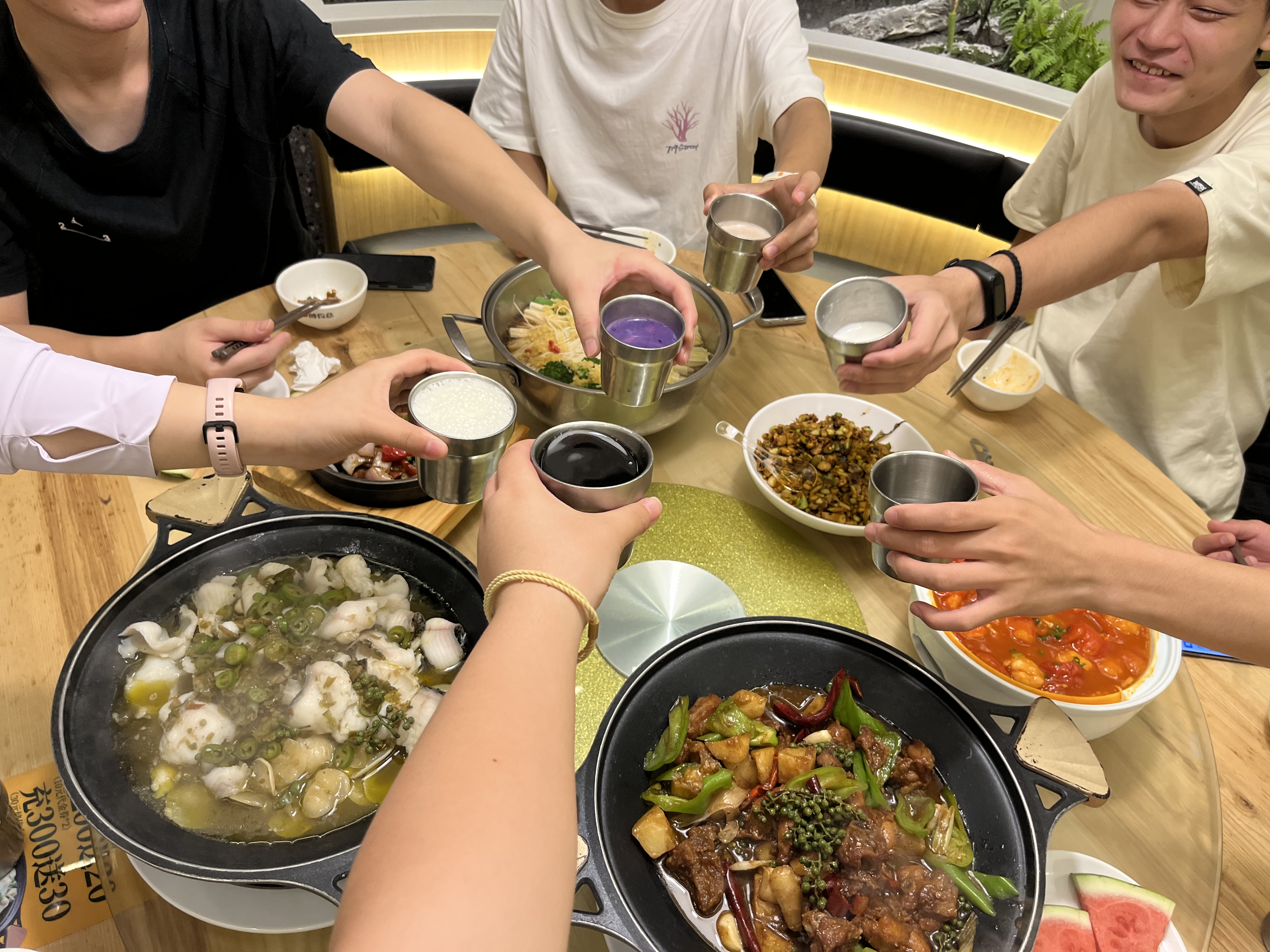
figure:Picture of drunken cheers
Evaluation/Analysis:
In the process of wet experiment, we continue to accumulate experimental experience, and benefit from the careful guidance of PI and senior teachers. Although we experienced many failures, each failure became an opportunity for us to get closer to success. This success is a qualitative change accumulated from the many failures we have experienced.
Conclusion:
The experiment is successful, and we have obtained a stable and efficient source of hydrogen-rich water.
Action Plan:
The next step will be to start the botany experiment we have been preparing for for a long time, as well as contact with more stakeholders to continue to improve our project.
Description:
We have completed the experimental verification of the botany section and have obtained some remarkable experimental results. We hope to share this good news with the community involved in our project so that they can have a deeper understanding of this remarkable solution. We reconnected with farmers, fertilizer stations, and companies to share the results of our experiments.
Feelings :
We are very pleased to have successfully verified the botanical effects of hydrogen-rich water, which is indeed a very memorable process. From the germination of the seed to the gradual growth of the seedlings, it has been a journey full of growth in the same way that we have gradually grown from novices in iGEM competitions to people with a deep understanding of iGEM.
Evaluation/Analysis:
We fed back the results of our experiments on the plant parts to our stakeholders. From the users of fertilizer to the sellers of fertilizer, we have received high evaluation. This experiment has brought positive feedback to our project. The farmers see the difference this can make in their production and income. The head of the fertilizer station has even mentioned the possibility of marketing. Wuhan Boyuan Biotechnology Co LTD also expressed surprise at the results of our experiment and said it would help us solve product design problems.
Conclusion:
Our project has been positively verified through botanical experiments, while also helping our team members grow and being recognized by stakeholders. We are confident that we will continue to contribute to the iGEM competition.
Action Plan:
Next, we will continue to liaise with stakeholders, especially farmers, fertilizer stations, companies as well as Wuhan Boyuan Biotechnology Co LTD. We will also continue to optimize our projects, address potential problems, and apply hydrogen-rich water to agricultural production as soon as possible to contribute more to environmental protection. At the same time, we are looking forward to the great gathering of iGEM 2023 and are ready to continue our pursuit of excellence.
Description:
We have completed all the tasks that meet the IGEM requirements! This makes us feel relaxed and happy. Recalling the excitement and joy that have accompanied us since we became part of 2023 IGEMers in early March this year. During this short but long journey, all IGEMers have worked tirelessly, including the official staff of 2023 IGEM. Together, we hope to make a mark on synthetic biology; We breathe together and contribute our share to the world in a synthetic biological way. We meet in 2023 IGEM, but our encounter is not limited to that, it extends to the spark of thought, the wave of struggle. May all 2023 IGemers achieve the desired results in the Great gathering and reap the fruits of your victory! May the 2023 IGEM Gathering be a great success.
Action Plan:
We have done everything that meets the IGEM requirements, but...... IGEM is just a starting point, and we still have a lot of work to do. In the future, we aim to put our products into use successfully; We hope that the long-term experiment of soil can be carried out smoothly; We will continue to strive to improve the efficiency of hydrogen production to cope with the world's energy crisis; We also look forward to seeing the joy of farmers' harvest in the farmland, seeing the bright smile of the soil, and seeing the touch of blue in the sky. We look forward to the spring and look forward to a better world.